Sometimes movies are weird, and oftentimes films flagged as strange have little chance of mainstream or blockbuster success. Instead, they become cult movies; obscure titles who, whilst not large in number, have a passionate audience. IMDB has an in-depth list of ‘cult’ movies, which range from action films like Kathryn Bigelow’s Point Break, to traumatic horror films such as A Serbian Film. We’ve been through IMDB’s list with a fine-tooth comb, picking through the entries to find the weirdest, most peculiar titles. So read on and discover what the weirdest cult movies in existence are.
The Life Aquatic with Steve Zissou (2004)
Of over one thousand titles on IMDB’s list, only one of them belongs to Wes Anderson. The director is known for his quirky and kooky style of films, but over the years has amassed a more mainstream following thanks in part to his overly star-powered casts.
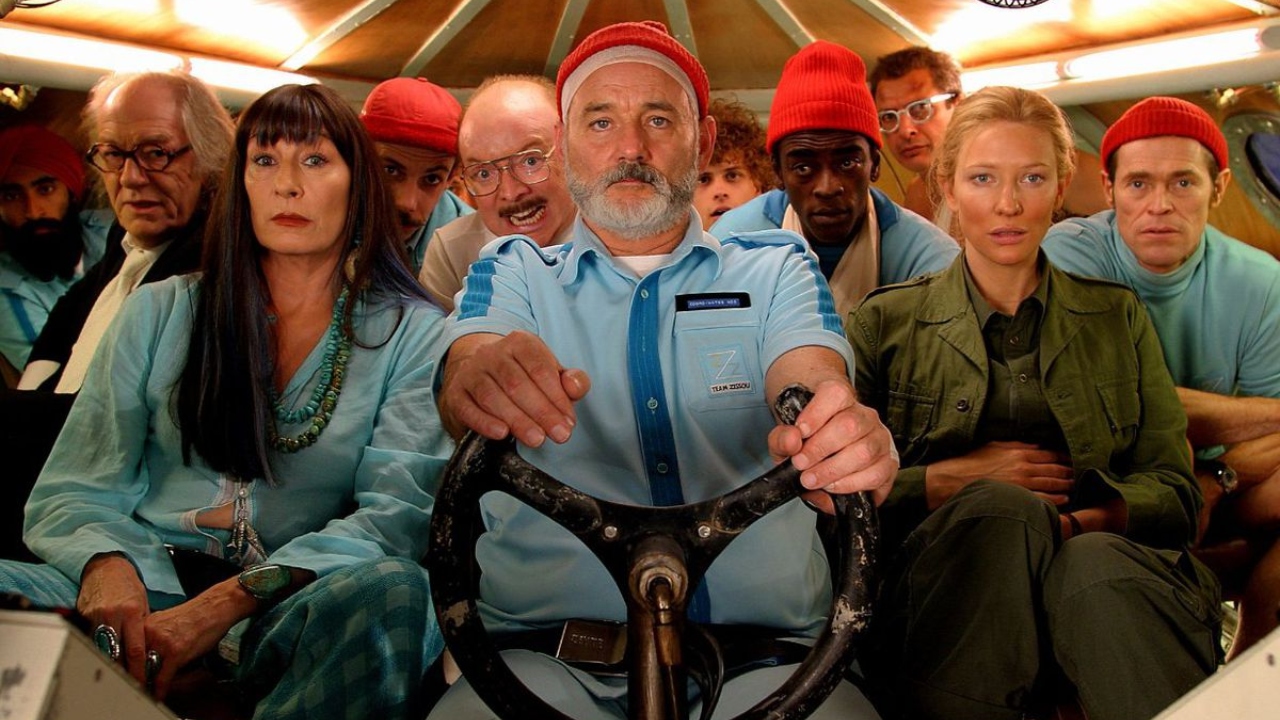
The Life Aquatic with Steve Zissou is perhaps Anderson’s last true cult film, and it certainly is odd. The story chronicles the titular Steve Zissou as he goes on an aquatic adventure to find the legendary Jaguar Shark. Told in a pseudo documentary format, Anderson’s film is stacked with his signature quirks.
Troll 2 (1990)
Troll 2 has the reputation for being one of the most ridiculous horror films in history, and the first Troll film, released in 1986, isn’t much better. Troll saw residents of an apartment building magically turned into mythical creatures such as elves and fairies, which was odd, but Troll 2 eclipsed its weirdness.
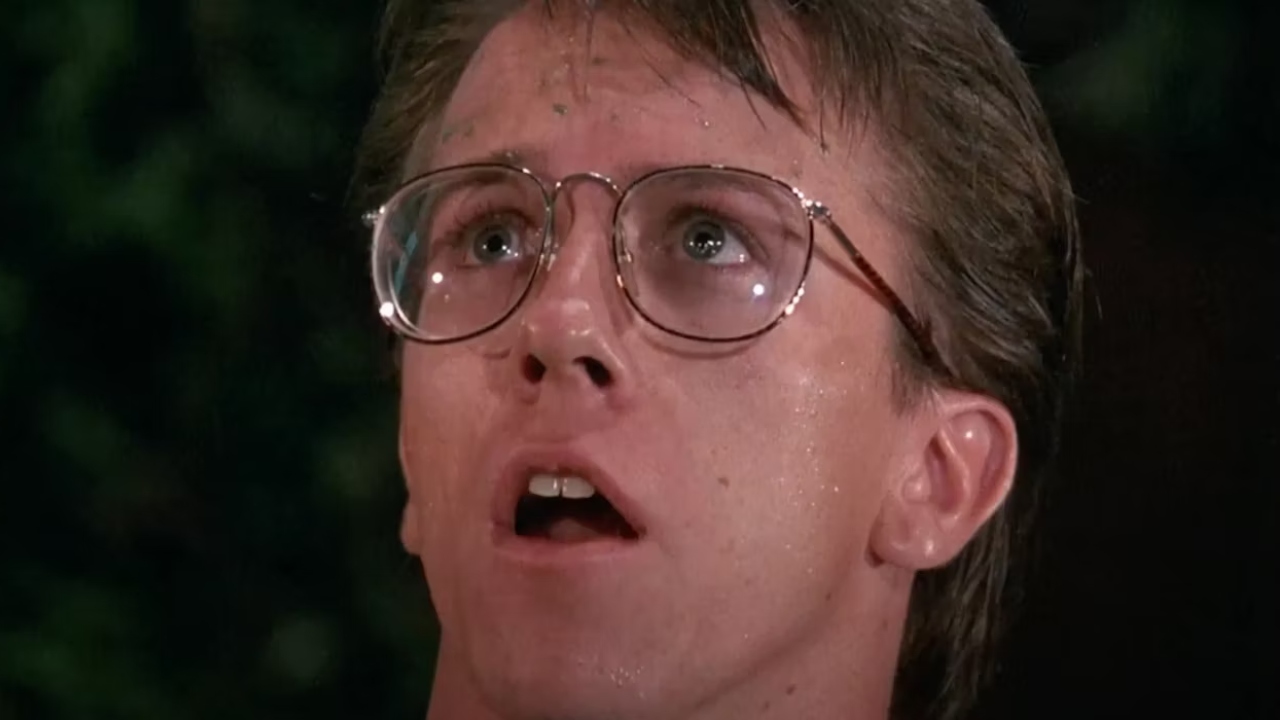
In Troll 2 the antagonists are vegetarian goblins who transform people into plants so they can eat them. There’s also a ghost who is somehow granted ten minutes to help the heroes before they must return to the afterlife, and a double-decker bologna sandwich is the secret weapon used to vanquish the threat.
Brick (2005)
With his feature debut, Brick, director Rian Johnson came out swinging. The high-school-set film noir blended teen angst, a murder mystery, and low level drug lords with blistering results. The plot saw Joseph Gordon Levitt’s Brendan try to unpick the motives behind the death of his ex-girlfriend.

Where Brick gets weird is that it has its own strange jargon. Early screenings of the film handed viewers a handy lexicon decoder, but everyone else had to figure out that ‘brick’ meant drugs, ‘knives in my eyes’ was code for ‘I have a headache,’ and ‘bulls’ referred to the police.
Earth Girls Are Easy (1988)
Everyone remembers Geena Davis and Jeff Goldblum starred together in the 1986 film The Fly, but few recall their 1988 on-screen reunion, Earth Girls are Easy. Also featuring Damon Wayans, and a pre-Ace Ventura Jim Carrey, Earth Girls are Easy is a romantic comedy with a difference.
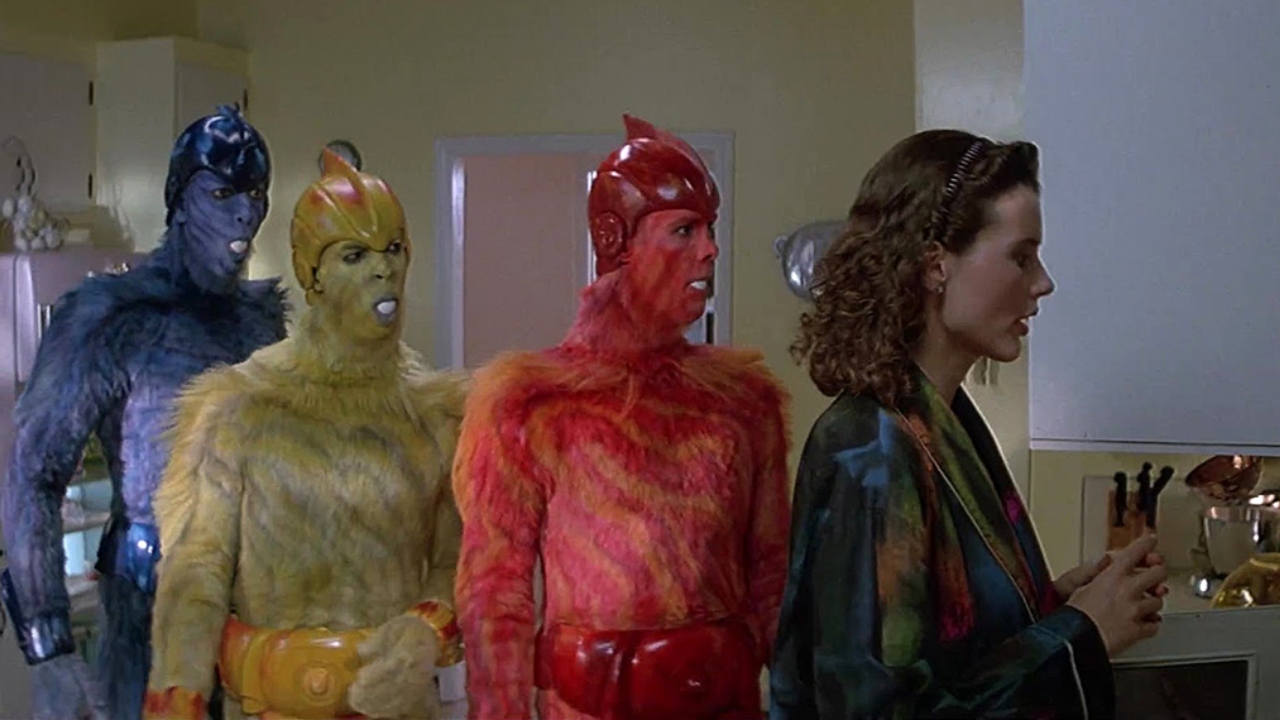
The story sees newly single Valerie play host to three furry aliens – Mac, Zeebo, and Wiploc – and it soon becomes clear that Mac might be the one to mend her broken heart. The logistics of alien and human relations is a strange concept to get your head around and it is odd rooting for the inter-species couple.
Showgirls (1995)
Whilst the plot of Paul Verhoeven’s Showgirls is straightforward enough – a young woman, Nomi, seeks fame and fortune in Las Vegas – the execution is bizarre. Upon release, Showgirls was heavily criticised for being empty trash. Over the years though an army of loyal fans has risen and reclaimed the movie for a queer audience.
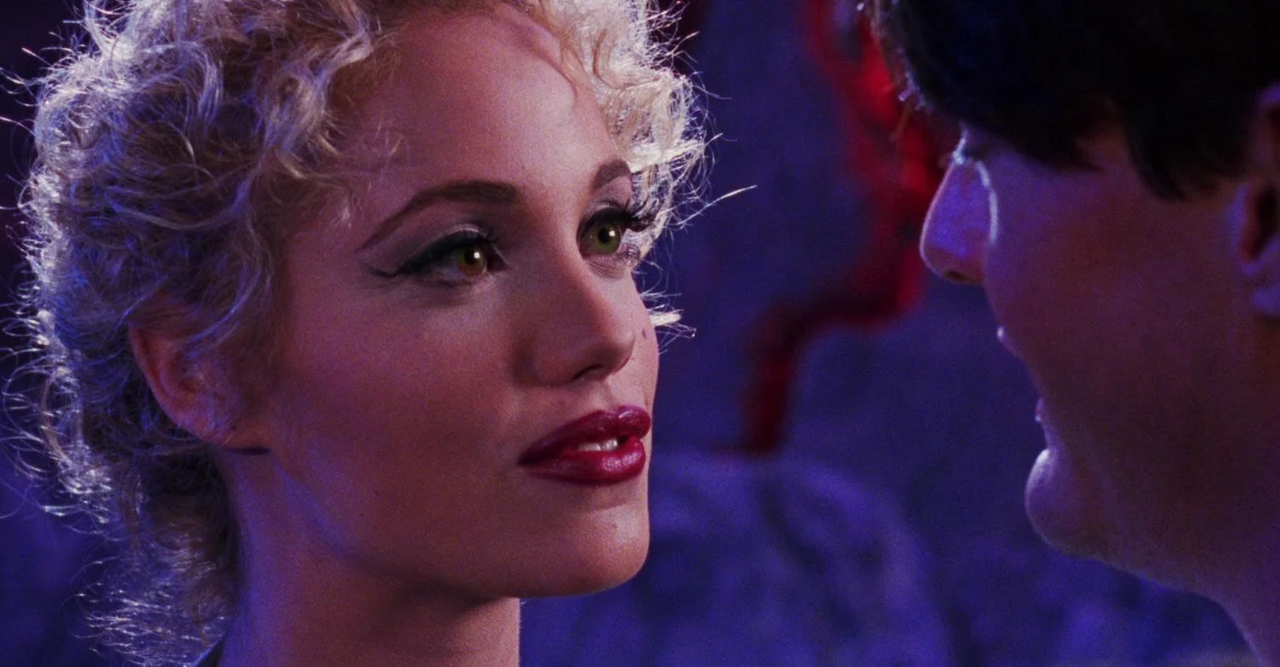
More melodramatic than the bubbliest soap opera, Showgirls is a perfect satire of the institution of fame. Along the journey there are some wildly weird sequences, the standout being the hilarious love scene between Nomi and club owner Zack, another being a conversation about eating dog food.
Attack of the Killer Tomatoes (1978)
In 1990, kids went crazy for the Fox Kids cartoon series, Attack of the Killer Tomatoes. What they didn’t know until years later, was that the show was a continuation from the 1978 movie of the same name and its sequel, Return of the Killer Tomatoes!
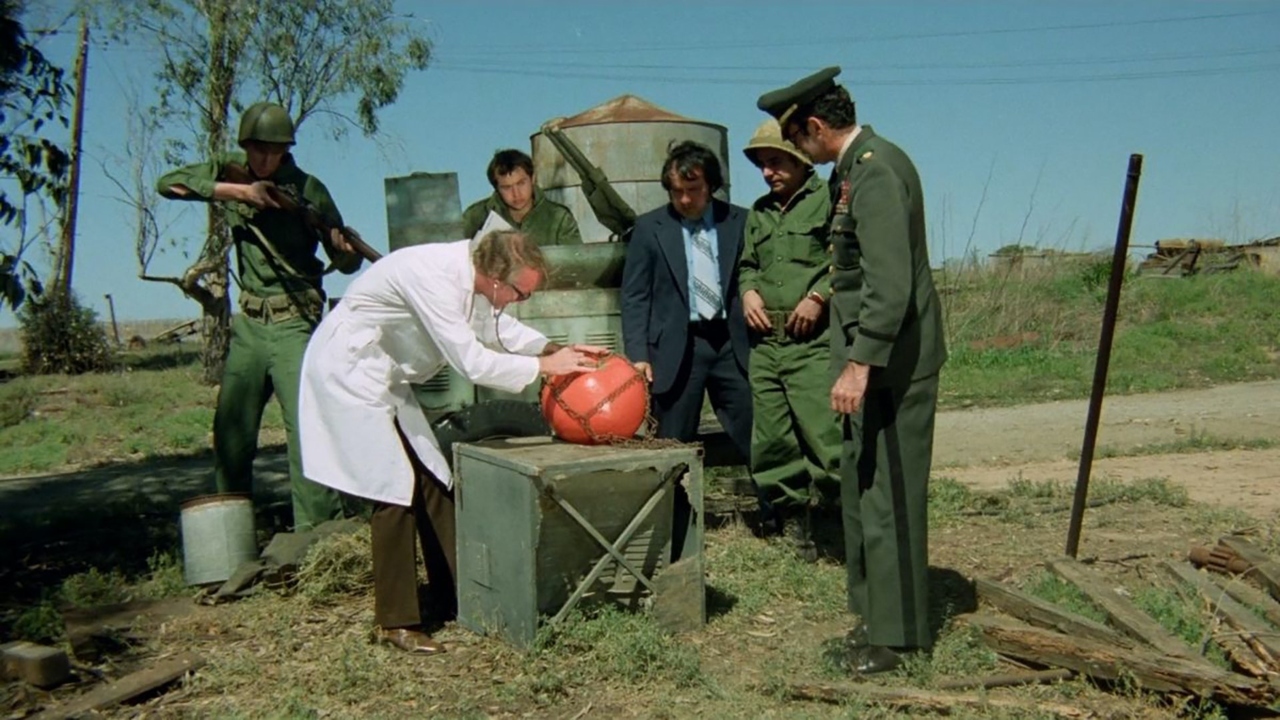
A classic B-Movie plot, Attack of the Killer Tomatoes, placed mankind at risk from – you guessed it – killer tomatoes. Not only have the titular tomatoes decided to attack, they have also grown gigantic. The trailer teases ‘you’ve never seen anything like it’ and that statement is highly accurate.
Pulp Fiction (1994)
Thanks to the popularity of director Quentin Tarantino, his 1994 debut, Pulp Fiction, feels less like a cult movie these days. However, for a number of years, the film’s most loyal fan-base was film students who adorned their college walls with the poster. Pulp Fiction fits into the category of weird purely based on its construction.

Told in a non-linear fashion, Pulp Fiction weaved together the stories of several groups of characters. Initially their points of connection are unclear, but as the film progresses, the puzzle pieces fall into place perfectly. In 1994 this was a fresh way to tell a story, but sadly the structure has since been imitated to death.
Sharknado (2013)
In 2013, the SyFy Channel went a step too far in their mendlings with nature. The channel is well known for their camp sci-fi action films that pit humanity against all kinds of hybrid creatures. Nothing prepared the world for Sharknado though…
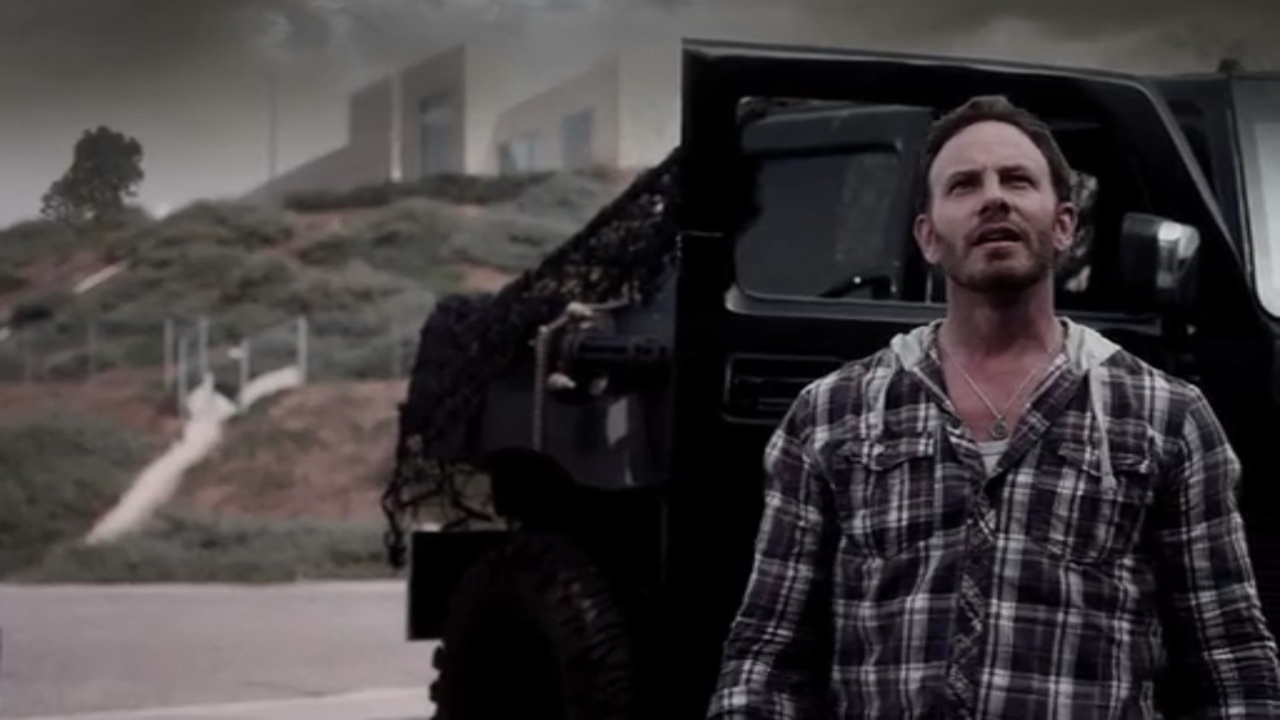
The plot is weird on every level, especially the science. In Sharknado, the eponymous weather is created when a tornado sucks up sharks out of the ocean. Except, tornadoes tend to form on land. Hurricanes would be more likely, but Sharkcaine doesn’t have the same ring to it. Weirder still, there were five sequels!
Ichi the Killer (2001)
Directed by Japanese auteur Takashi Miike, Ichi the Killer was banned in several countries, including Malaysia and Norway. The reasons revolved around the film’s excessive violence and cruelty, especially against women. Miike’s gore was aggressive, yes, but also cartoonish in nature, which makes sense as it’s a live-action adaptation of Hideo Yamamoto’s manga series of the same name.
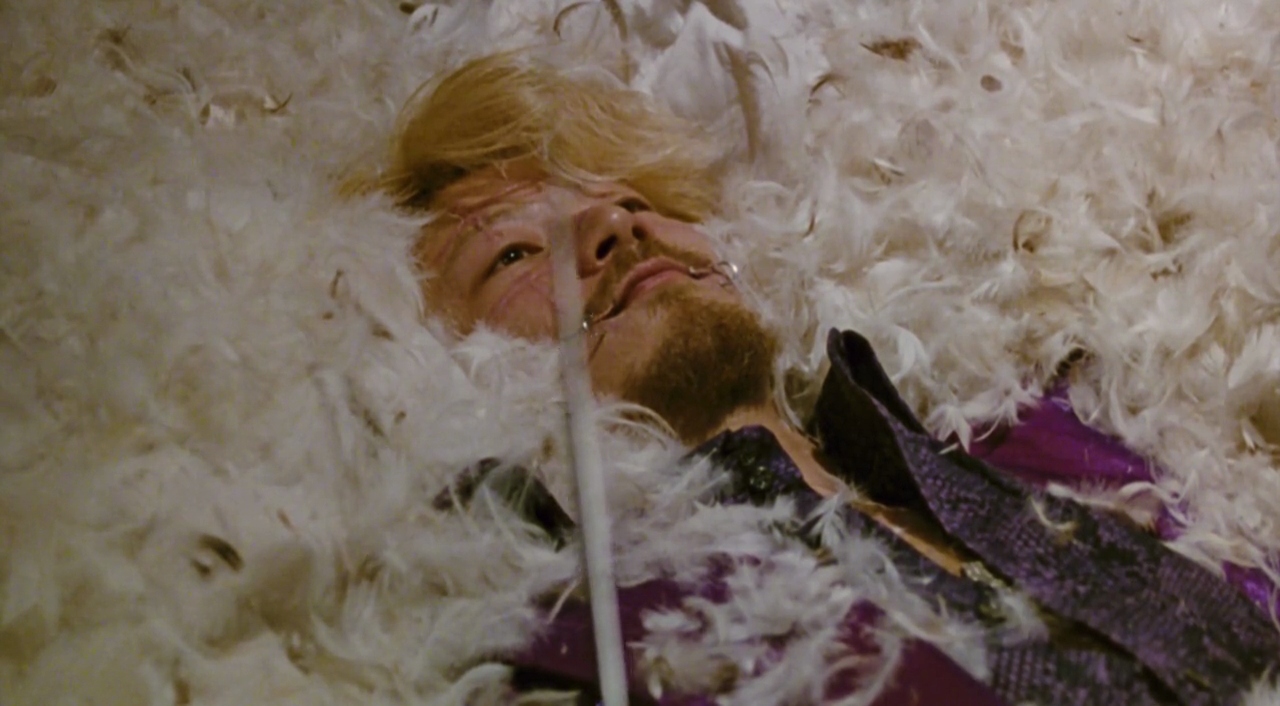
The plot follows Ichi who is masterfully manipulated into inciting a war between rival yakuza factions. In addition to being extremely violent, Ichi the Killer was also pretty weird, primarily due to the ingenuity of the methods of dispatch, and the juxtaposition of moments of murder against plain white feathers is jarring.
The Hunger (1983)
Although later in his career, Tony Scott would become known for Top Gun, True Romance, and Unstoppable, he began with cult gem The Hunger. The film stars Catherine Deneuve, Susan Sarandon, and David Bowie, and is a deliciously erotically charged vampire horror.

Amongst the sensual vampirism is a savvy take on the mythical creature. The Hunger reveals an unexpected side effect to vampire immortality in which, although unable to die, they can begin to age rapidly. There is also a lot of Egyptian iconography, which some will find odd as vampires are often tied to Eastern Europe.
Slither (2006)
Before he became part of the Marvel and DC machines, James Gunn was making weird genre movies such as 2006’s Slither. The B-movie plot finds a small US town overrun by an alien life-form that begins mutating the population in weird and wonderful ways.
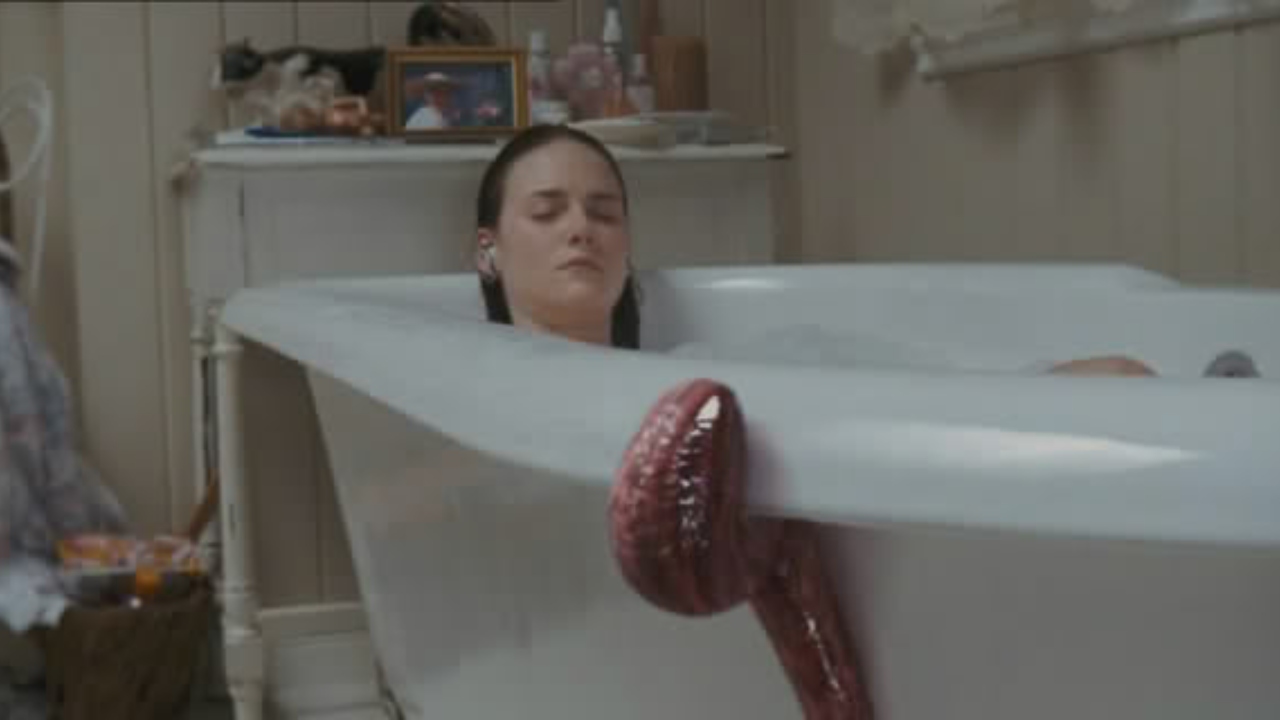
Slither is not afraid to get gooey. The cast, which includes Elizabeth Banks, Nathan Fillion, and Michael Rooker, all gamely commit to some truly icky scenarios. Slither isn’t the strangest film Gunn has created however; he spent the earliest years of his career working with TROMA, a movie studio that practically invented weird films.
The Dark Crystal (1982)
Directed by Jim Henson and Frank Oz, The Dark Crystal marked a departure from Henson’s typical output. Known for his Muppet movies, with The Dark Crystal Henson crafted something much darker. Much like The Wizard of Oz, The Dark Crystal is a family film with the potential to terrify; the villainous Skeksis being particularly horrific.
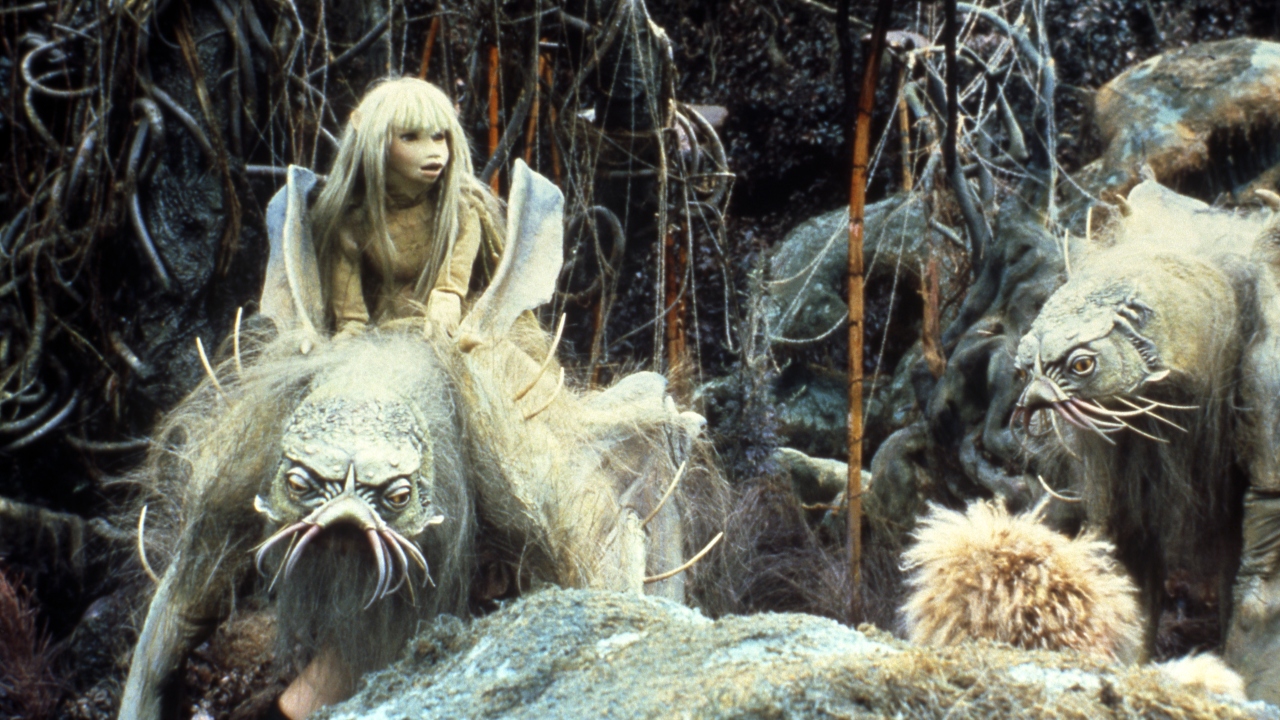
The cast of The Dark Crystal was entirely puppet based, which makes for an eerie and unsettling watch. Although now more common, in 1982 the lack of human characters to identify with made for very strange viewing.
The Rocky Horror Picture Show (1975)
The Rocky Horror Picture Show could be described as being the pioneer of the cult movie. Originally released in 1975, the film did not perform well, but by 1976 a cult was beginning to form. Now the film regularly has screenings at cinemas across the globe where the audience dress up as their favorite characters.
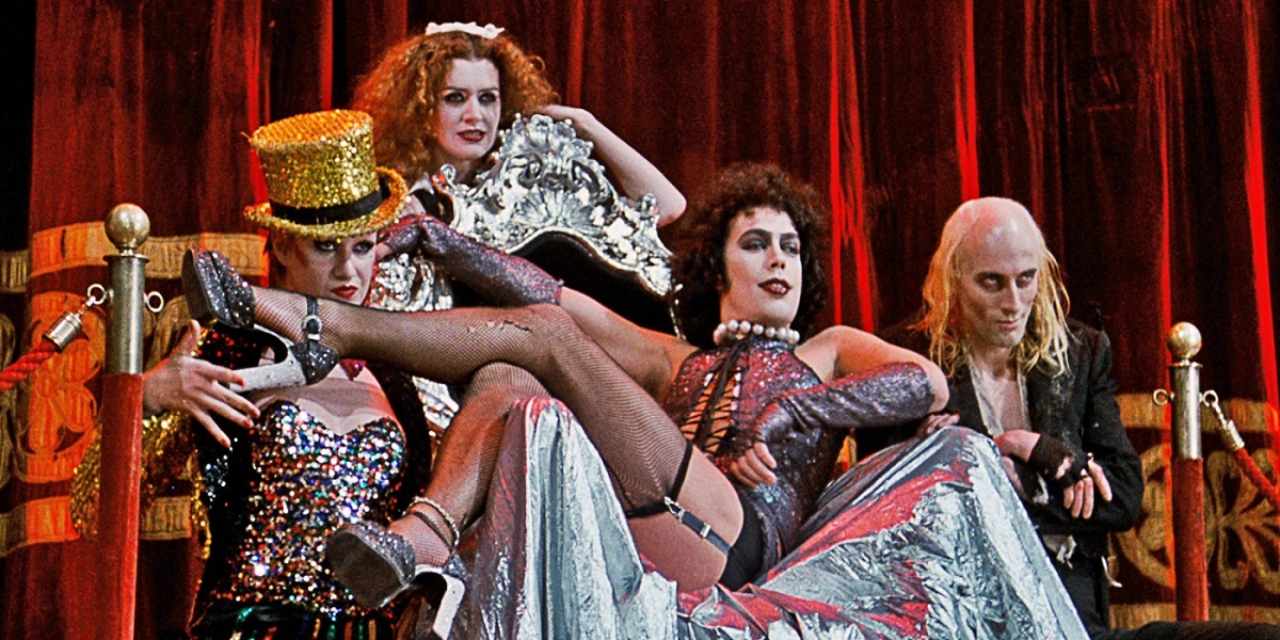
Not only does Rocky Horror tick the cult box, it also has an abundance of weirdness. The plot joins newly-engaged couple Janet and Brad as they seek refuge in the bizarre residence of Dr. Frank-n-Furter. Cue singing, dancing, and all kinds of wonderful characters such as Riff Raff and Magenta.
Possession (1981)
Playing Mark in Andrzej Zulawski’s Possession was one of Sam Neill’s earliest roles. It’s a stark contrast to his more famous role of Alan Grant in Jurassic Park, and is one of the weirdest films in his credits. Although Neill is great, Possession belongs to Isabelle Adjani, whose performance as Anna is phenomenal.
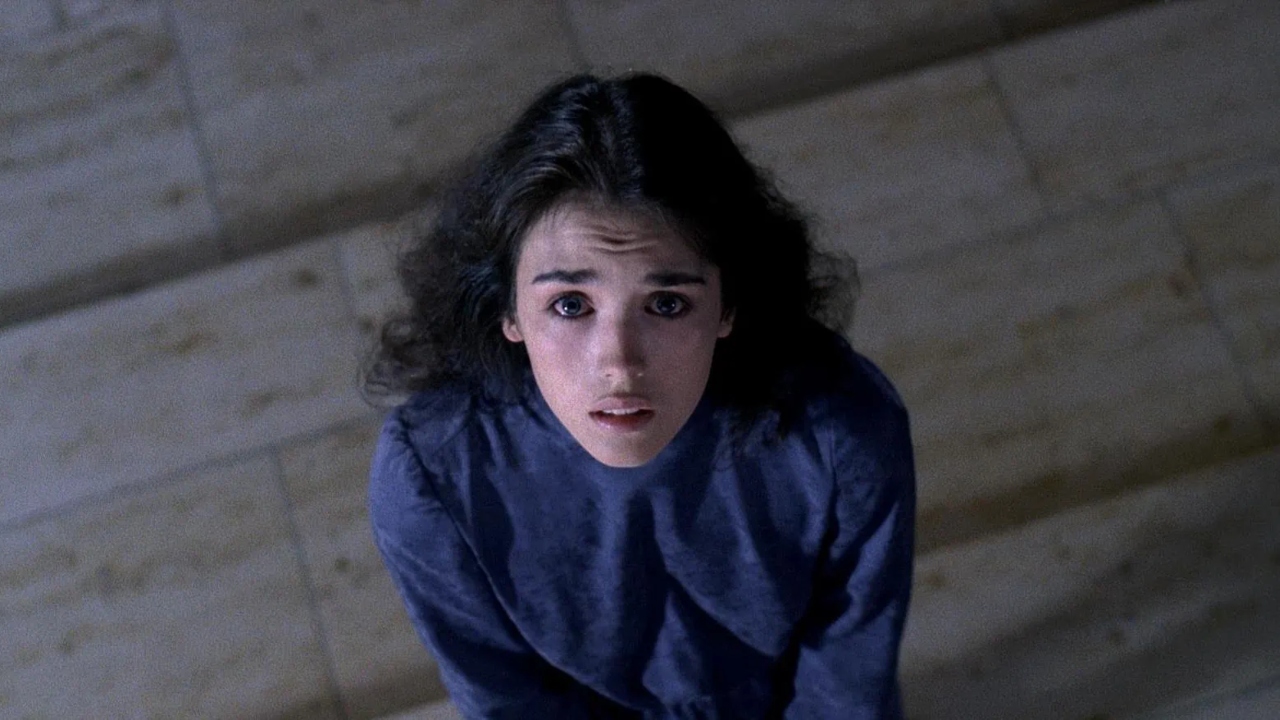
It’s hard to describe Possession to someone that hasn’t seen it, without spoiling its weirder and more shocking aspects. Set within the landscape of a messy divorce, Possession presents a wild descent into depravity, despair, and insanity, with added tentacles.
Freddy Got Fingered (2001)
In the early noughties, shock comedian Tom Green was everywhere. He had his own show on MTV and appeared in both Charlie’s Angels and Road Trip, before going on to direct his first feature, Freddy Got Fingered. Green starred in the film as Gordon, a man who falsely accuses his father of abusing his brother.
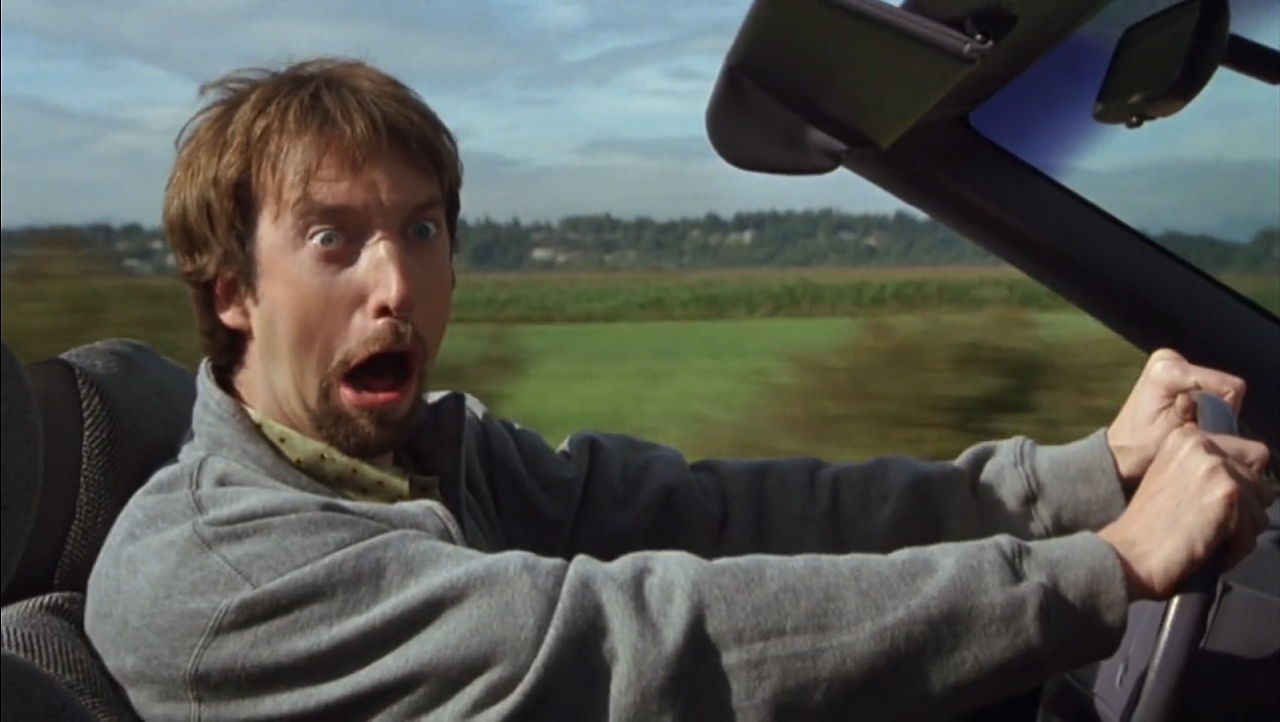
Although the synopsis might point to a harrowing family drama, Freddy Got Fingered is a gross-out comedy containing the very worst and weirdest of noughties ‘humor.’ Were it to be released today, everyone involved would be instantly cancelled. As it stands, Freddy Got Fingered is lauded as one of the worst films in history.
Fantasia (1940)
After Snow White and the Seven Dwarfs and Pinocchio, Fantasia is the third cinematic release from the House of Mouse. Whereas the first two releases were adaptations of popular children’s stories, Fantasia was a very unique creation. The loose narrative involves a magician’s apprentice causing havoc in his master’s workshop.
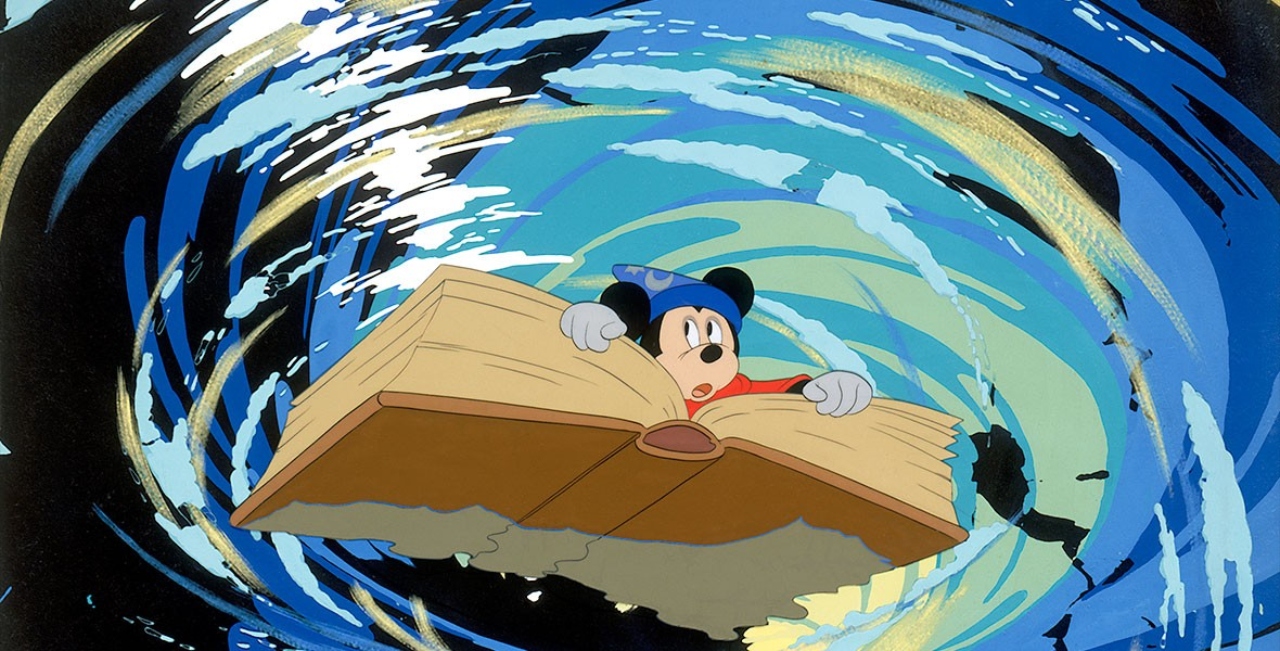
Radically different from what Disney had done before or since, Fantasia is the most fantastical of all their movies. Fantasia is a surrealist animation tied together by eight different pieces of famous classical music. Because of its weirder elements, Fantasia never fully connected with its target market, but does have a keen cult following.
Society (1989)
Directed by Brian Yuzna, 1989’s Society is a deviously depraved body horror film that casts the upper class into the spotlight. The story sees Beverly Hills teen Bill as he investigates his parents when he begins to suspect they have joined an elitist cult.

Much of Society is a straight-forward body horror, hitting a variety of expected tropes. But then in the final act, Society’s weirdness shines through. A party full of the wealthy is in motion, then the ‘shunting’ begins and the viewer’s molecular structure is forever changed.
Akira (1988)
Based on Katsuhiro Otomo’s own manga, Akira is an animated cyberpunk action movie that is a mainstay of Best Films in History lists. Set in a dystopian 2019, Akira follows Shōtarō Kaneda, a biker gang leader whose friend, Tetsuo Shima, acquires telekinetic abilities after a motorcycle accident.
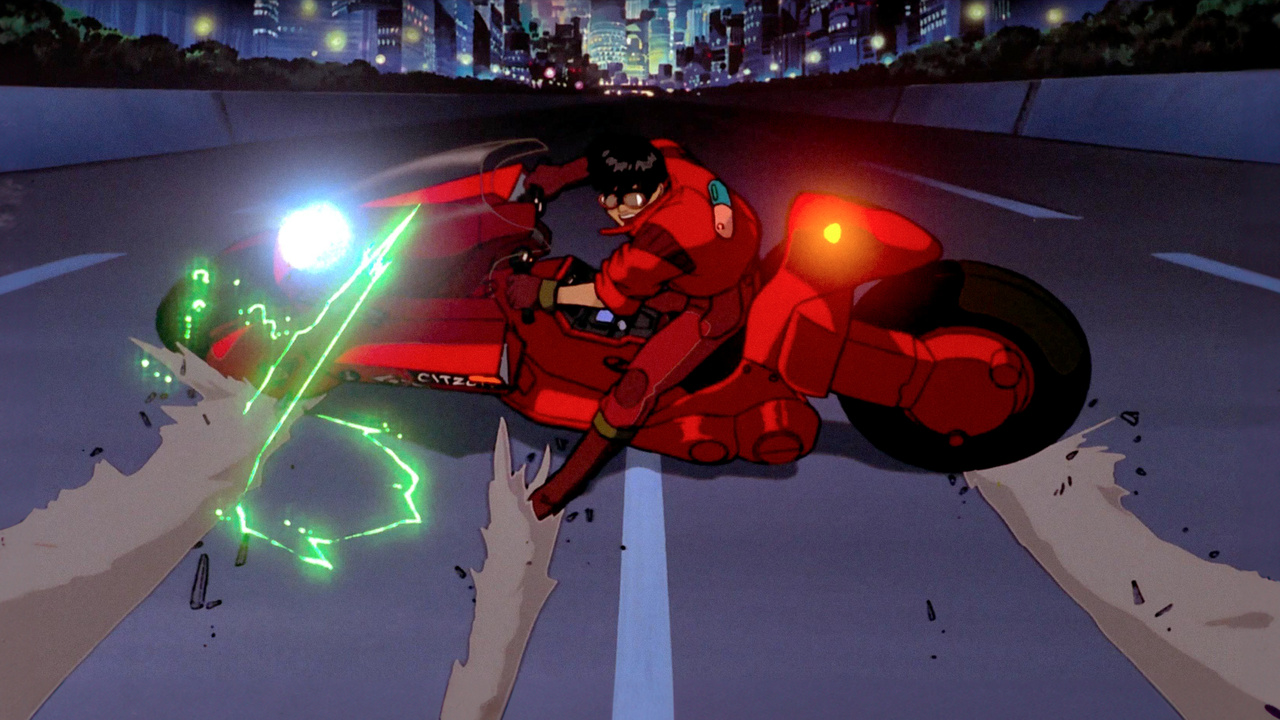
Akira becomes a tale of chaos and rebellion, though it deviates more from the manga as it progresses. The film, and the source material, were also very influential on The Wachowskis; the sisters used Akira as a blueprint for their blockbuster epic The Matrix.
Frankenhooker (1990)
Horror comedies have never been more curious than Frank Henenlotter’s 1990 cult icon, Frankenhooker. Loosely inspired by Mary Shelley’s Frankenstein, Frankenhooker is a wild ride from start to finish. After his girlfriend is killed whilst demonstrating his automatic lawn mower invention, Jeffrey sets about trying to revive her.
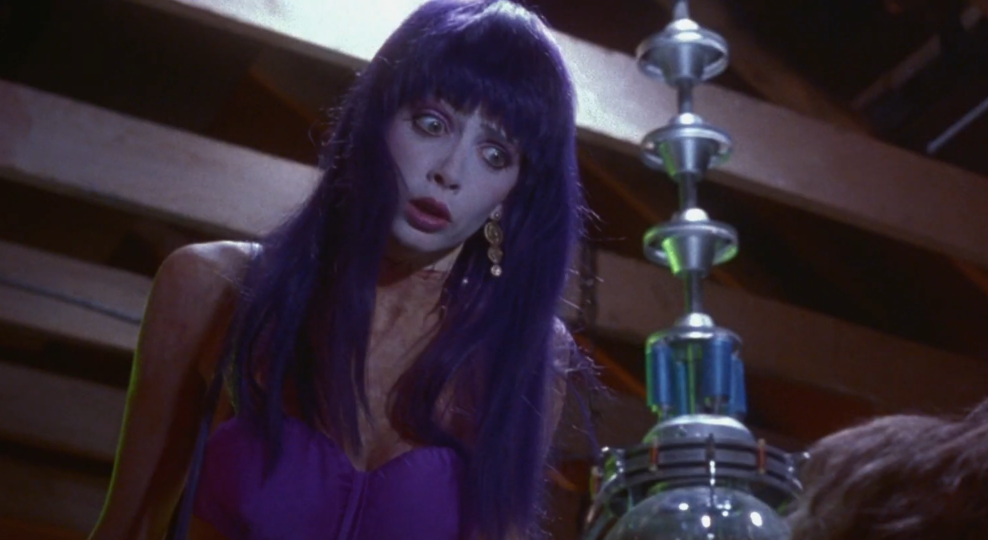
In need of body parts, Jeffrey makes the questionable decision to source them by killing women. His choice of victim is problematic in today’s climate, but Frankenhooker still has a lot of charm to it. The ending is especially enjoyable as the ‘monster’ gets her revenge on her doctor.
Fritz the Cat (1972)
Animation is a genre generally targeted at children, and whilst adult animations do exist, they always feel a little strange to watch. Never has this sentiment been more true than in the 1972 movie Fritz the Cat. Set in the sixties, Fritz the Cat is a satire that focuses on race relations, the free love movement, and political activism.
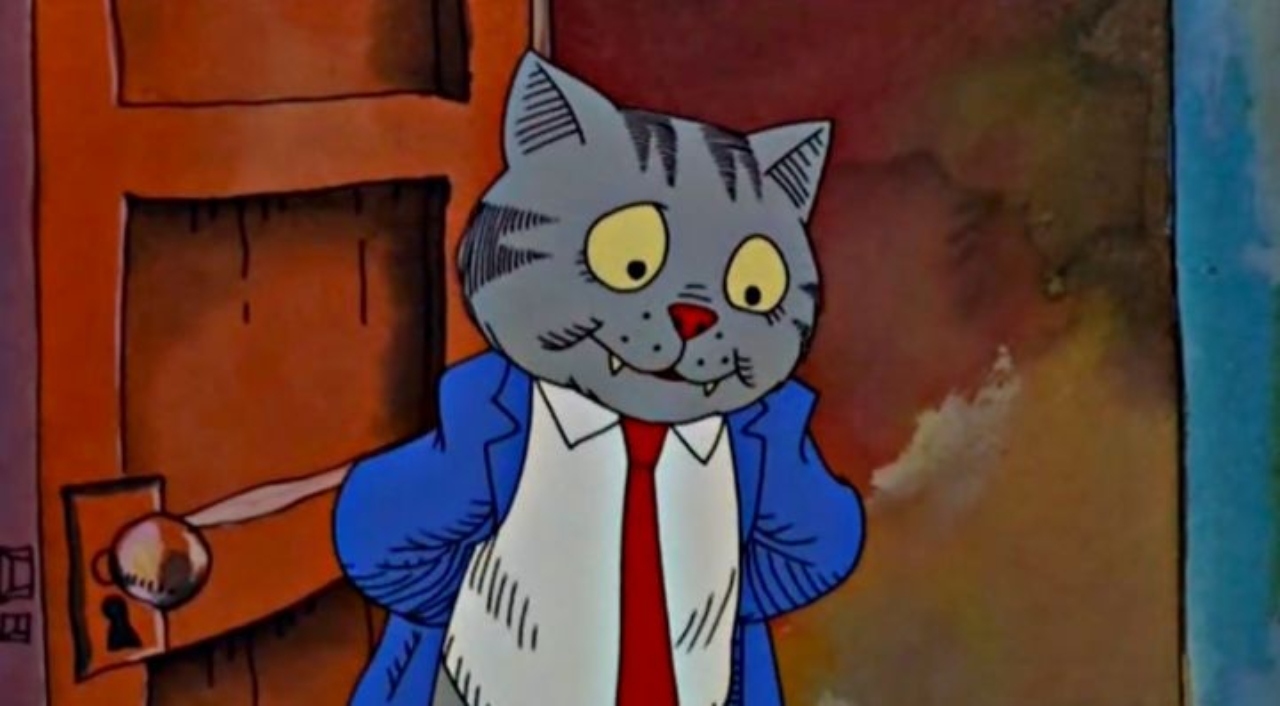
The plot is very grown up in nature, and features several aggressive instances of violence and assault. That it is animated makes everything feel weird and a little grotesque, but somehow Fritz the Cat has earned a legion of fans that are devoted to it.
Lifeforce (1985)
Tobe Hooper may be better known for The Texas Chain Saw Massacre, but his career saw him create a wealth of wonders. The weirdest of his work has to be 1985’s Lifeforce, a film based on Colin Wilson’s novel, The Space Vampires.
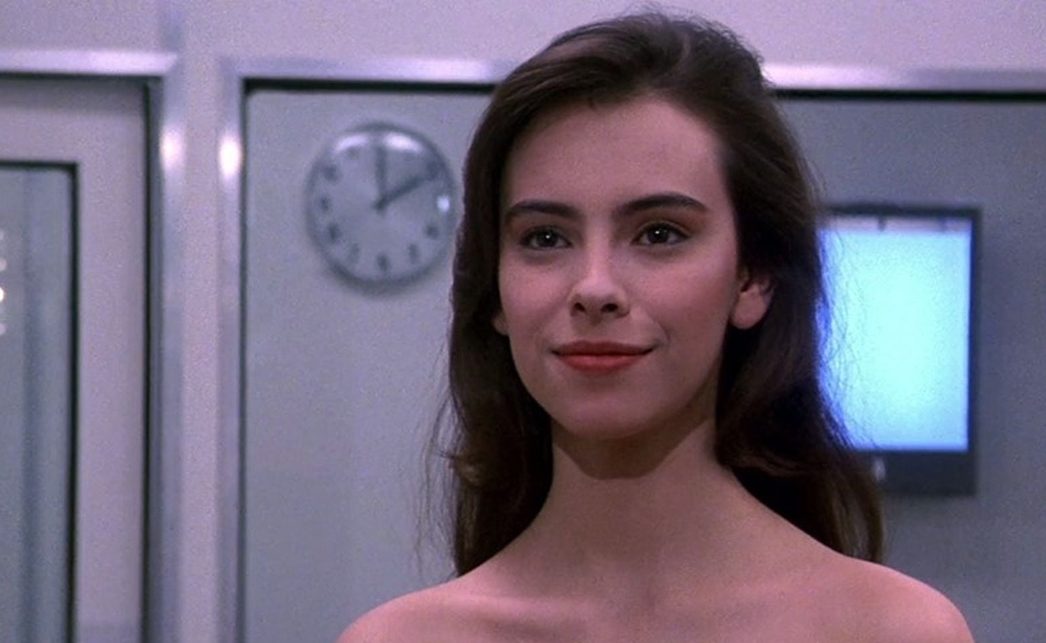
Vampires have been explored in every way possible and in Lifeforce audiences were finally given space vampires. Well, sort of – the life-sucking beings are technically aliens. Upon release, Lifeforce received overwhelmingly negative reviews, but has gradually gathered a cult of followers.
Riki-Oh: The Story of Ricky (1991)
More commonly referred to as Story of Ricky, Riki-Oh: The Story of Ricky is a cult film renowned for its extreme violence and unrealistic plot. Loosely based on a manga of the same name, The Story of Ricky chronicles the tale of one young man’s escapades in prison.
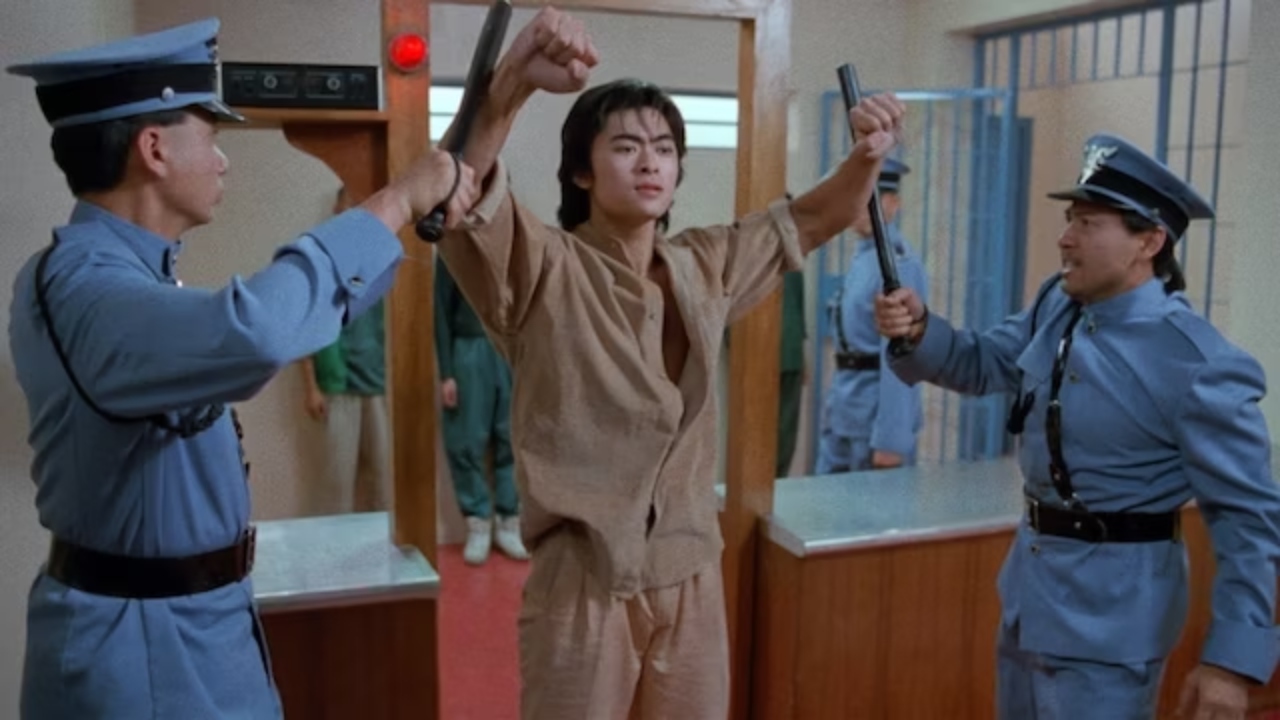
Riki-Oh must battle his way through a never-ending onslaught of enemies. A martial arts splatter film, Story of Ricky has become infamous for its camp and kitsch depictions of violence and gore. Its reputation has grown a cult and that might be the strangest thing about it.
The Blob (1958)
The 1950s were the heyday of B-movies, and whilst many are lost to time, a few cult treasures are never forgotten. 1958’s The Blob being one of them. The film sees a small American town come under siege from an alien creature. Aliens attacking Earth is a regular B-movie trope, but the Blob was a rather strange invader.
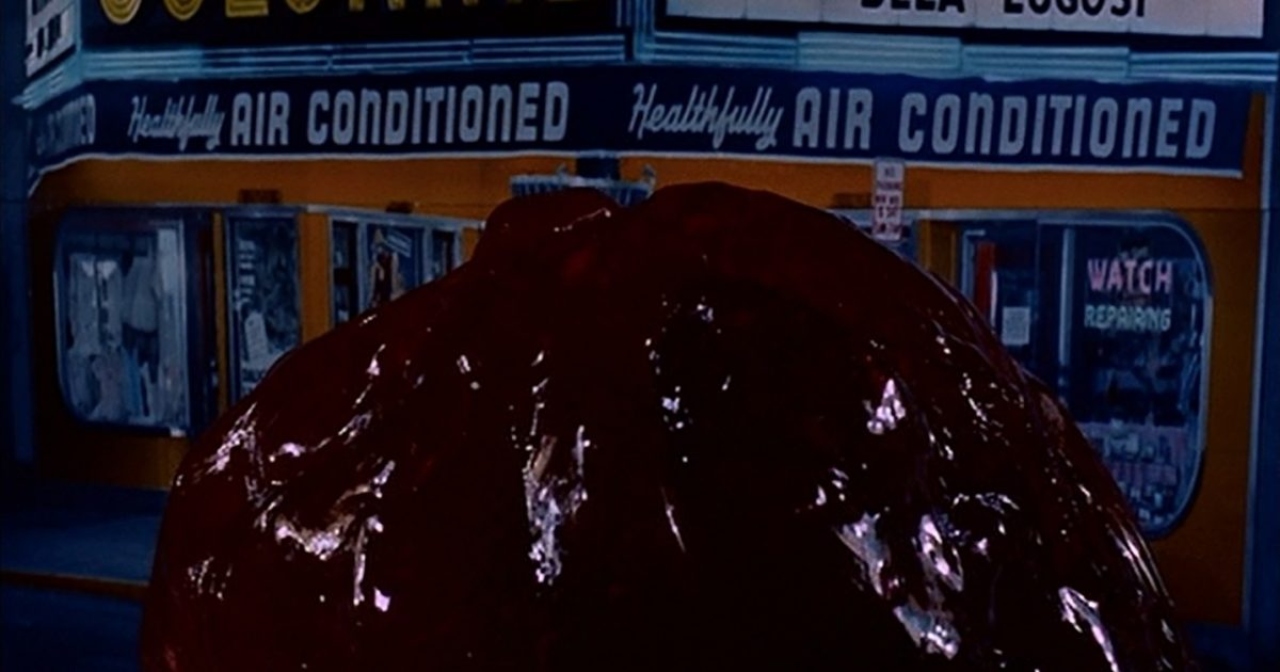
Rather than being a little green man, the Blob is a carnivorous amoeboid that not only begins to consume the townsfolk, but grows with each new meal. The Blob was such a cult success that it got a remake in 1988 that has an equally loyal fan-base.
May (2002)
Although unsuccessful at the box-office, and despite favorable reviews from critics, Lucky McKee’s May has found a second life in recent years. The quirky horror is now on many genre fans’ movie rotation each and every May, and is fast becoming an annual tradition.

Angela Bettis plays the eponymous May, a lonely veterinarian assistant with a passion for dolls. A brilliant psychological horror, May begins as a story about connection, but gradually morphs into something stranger thanks to the reveal of May’s childhood doll, Suzie.
The Little Shop of Horrors (1960)
Frank Oz’s Little Shop of Horrors is the first film that most audiences think of when they hear the name. However, it is not the only movie to have the title, or story of a carnivorous talking plant called Audrey.
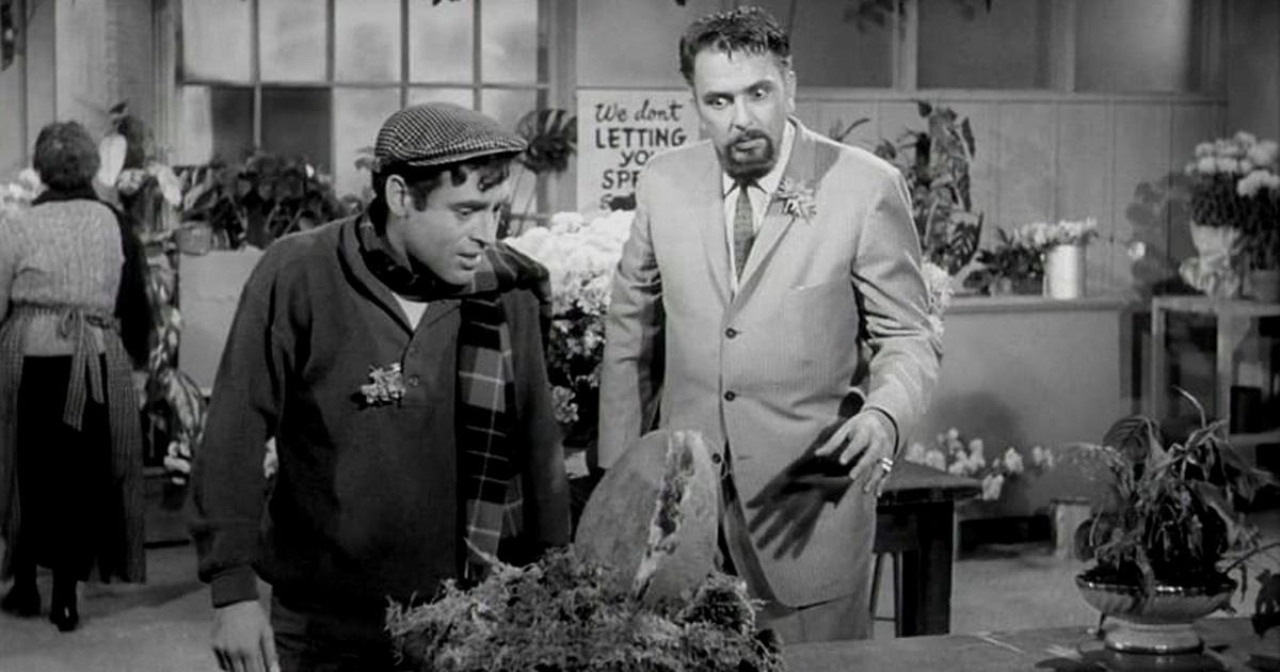
Released in 1960, The Little Shop of Horrors was directed by Roger Corman, a man with the moniker of ‘King of Cult.’ The key difference between the two versions is that the original film is not a musical. This news may disappoint some, but this iteration really makes the weirdness sing.
Tank Girl (1995)
Starring Lori Petty in the title role, a young Naomi Watts, Ice-T, and Malcolm McDowell, 1995’s Tank Girl was hoped to be a big box-office hit. Sadly, although based on a popular comic book series, the film recouped only $6 million of its $25 million budget.
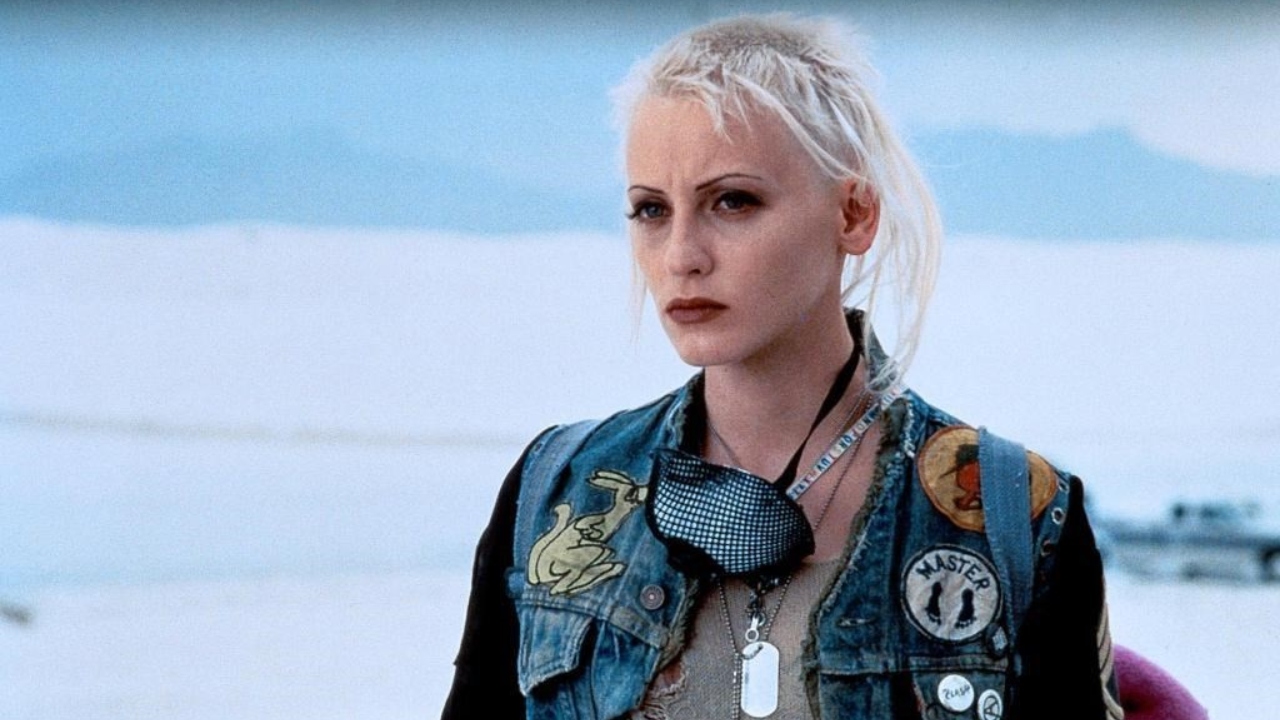
One of the weirder attempts at post-apocalyptic science-fiction, Tank Girl was set in a drought-ravaged Australia as war rages for control of the dwindling supply of water. The biggest and best of the kooky elements is getting to see Ice-T play a giant kangaroo.
The Human Centipede (2009)
The Human Centipede is a film with a reputation that precedes it. Viewed as either a zany horror comedy or a horrific nightmare, depending on your tolerance for the macabre, The Human Centipede instantly divided audiences. The plot is simple – a deranged surgeon kidnaps three tourists and conjoins them surgically, mouth to backside, creating a ‘human centipede.’
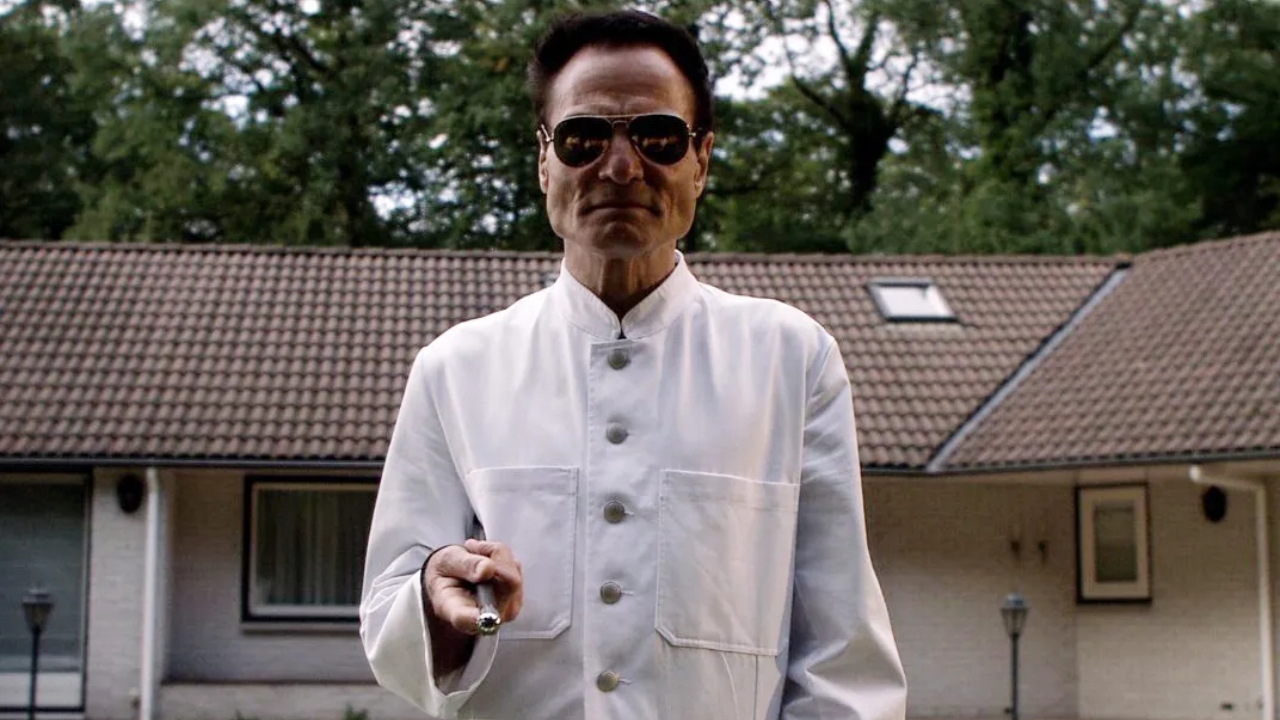
The Human Centipede claims to be medically accurate and to a degree it is. A film that is far more grotesque than it sounds, The Human Centipede requires a strong stomach. Now seen as a rite of passage for genre fans, the legacy of The Human Centipede continues.
Scott Pilgrim vs. the World (2010)
There seems to be a correlation between films based on graphic novels, and their box-office performance. There are exceptions of course, but with graphic novels, manga, and comics themselves, being a cult endeavour, it makes sense that their cinematic adaptations follow suit. Edgar Wright’s Scott Pilgrim vs. the World is just another example of the trend.
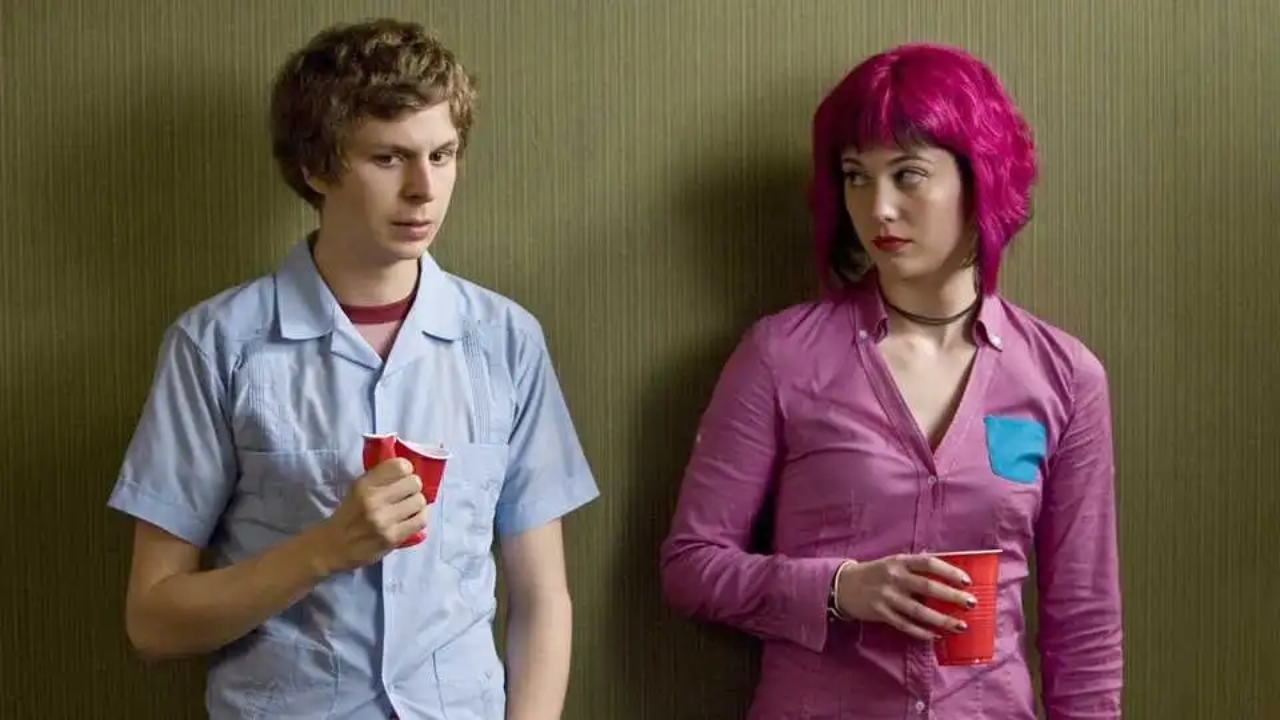
Scott Pilgrim vs. the World sees the titular Pilgrim have to do battle against his new love-interest’s seven evil exes. Part martial art movie, part rom-com, Scott Pilgrim blends all manner of genres, creating a cocktail of weird delights.
Labyrinth (1986)
Four years after unleashing The Dark Crystal unto audiences, Jim Henson created the equally strange Labyrinth. The film joins teenage girl Sarah, who after becoming frustrated with her baby brother, wishes him away. She immediately regrets it when the Goblin King grants her desire and is tasked with solving a perpetually unfair labyrinth.
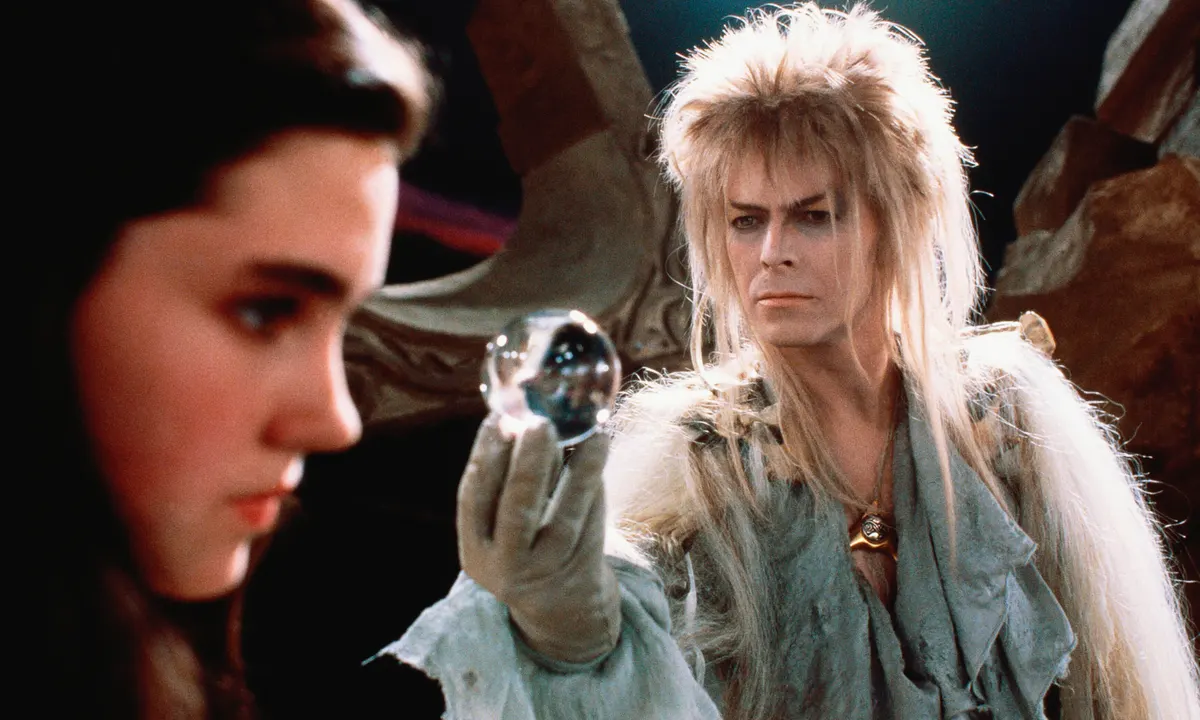
Along the way she encounters a tea-loving worm, a hallucinogenic peach, a trash lady, and the Firey’s – a group of creatures who love nothing more than swapping limbs. Then there is the Goblin King. Played by David Bowie, he is a flamboyant and fantastic villain who is almost solely responsible for Labyrinth’s ever-growing cult status.
Ghost World (2001)
Director Terry Zwigoff may only have a small body of work, but it is a treasure trove of eccentricities. To wider audiences he is best known as the man behind Bad Santa, but before then he directed the unsung jewel, Ghost World.
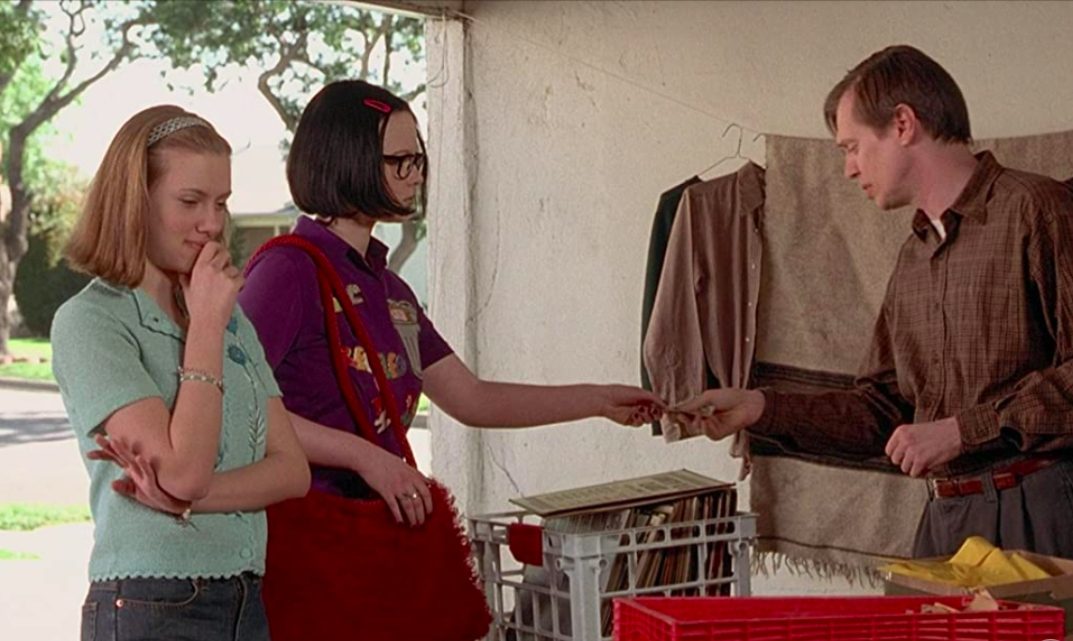
Starring Thora Birch, Steve Buscemi, and Scarlett Johansson, Ghost World is a coming-of-age tale of friends Enid and Rebecca who begin to drift apart after Enid develops an interest in older man Seymour. Based on the comic series by Daniel Clowes, Ghost World is a comedy with a twisted sense of humor and kooky characters.
Strange Days (1995)
Before Kathryn Bigelow went on to win Academy Awards for hard-hitting war dramas, she worked exclusively within the realm of indie movies. Each and every one of her early films has cultivated a cult following, and whilst Point Break and Near Dark are wider known, Strange Days is one of Bigelow’s best.
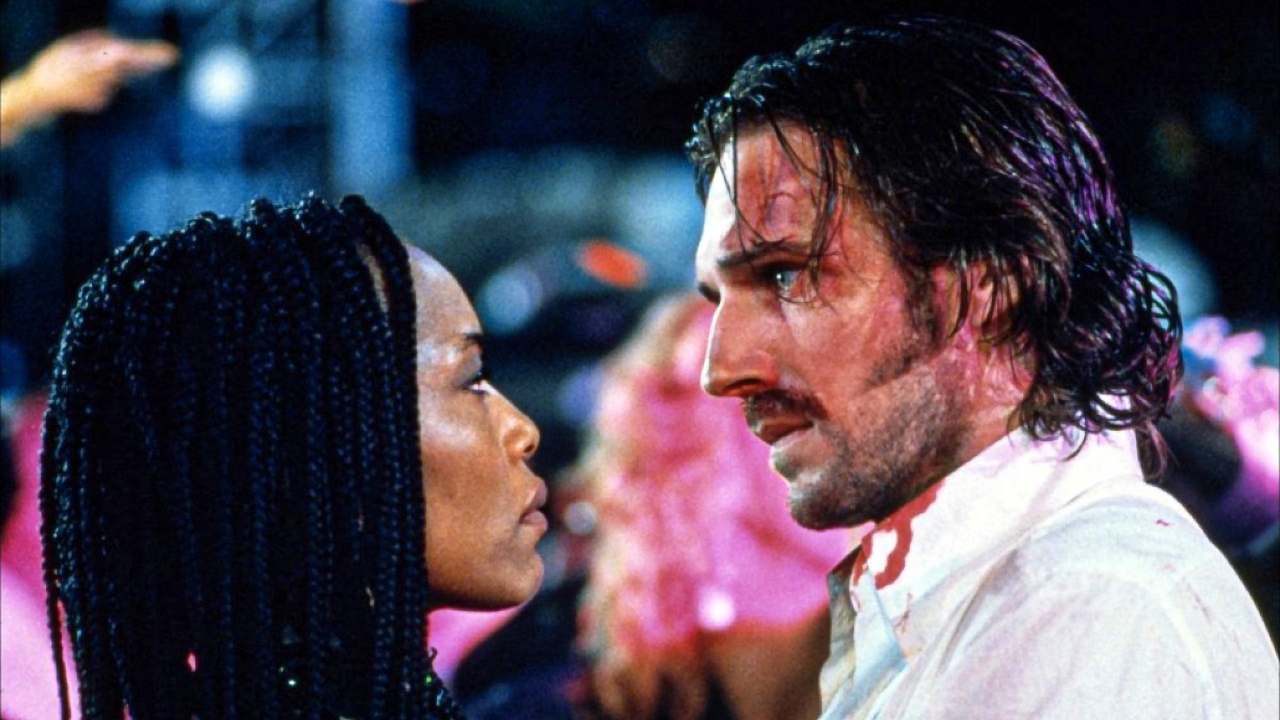
Set during the last days of 1999, Strange Days follows black marketer Lenny and bodyguard Mace who are drawn into a conspiracy after they uncover a memory recording. The true plot of Strange Days is hard to keep track of. Forever twisting and turning on itself, Strange Days is a weird headache-inducing watch.
Killer Klowns from Outer Space (1988)
Killer Klowns from Outer Space is one of the most insane horror films to come out of the eighties. The plot sees a small town terrorized by killer alien clowns. It might only be eighty-eight minutes long, but every single minute is full of weird happenings.
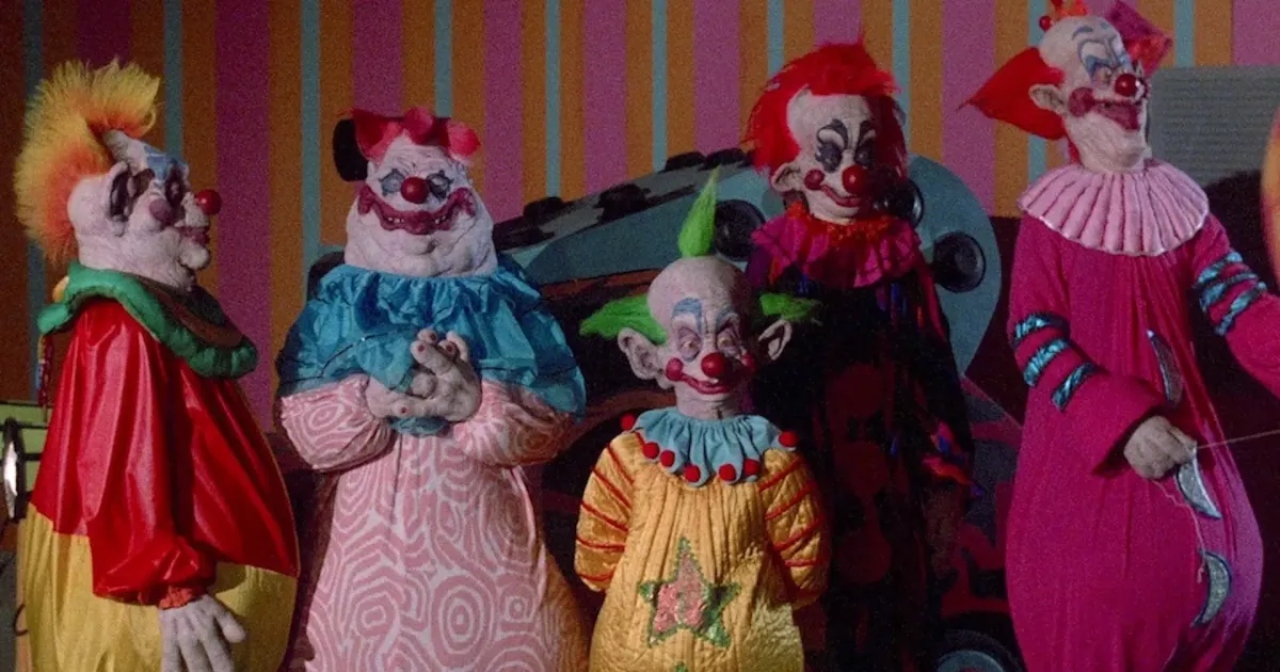
The weirdest moments are, as one would hope from a horror, the kill sequences. The intergalactic clowns slaughter the townsfolk with such inventive methods as a candy-floss gun, shadow puppets, and giant balloons. Once seen as terrible, the film has recently come back into fashion.
Drop Dead Fred (1991)
Drop Dead Fred stars Phoebe Cates as Elizabeth, a downtrodden housewife whose life is thrown into turmoil after she discovers her husband has been cheating on her. Forced to go back to her overprotective and mean mother, Elizabeth finds herself face-to-face with her old imaginary friend, Drop Dead Fred.
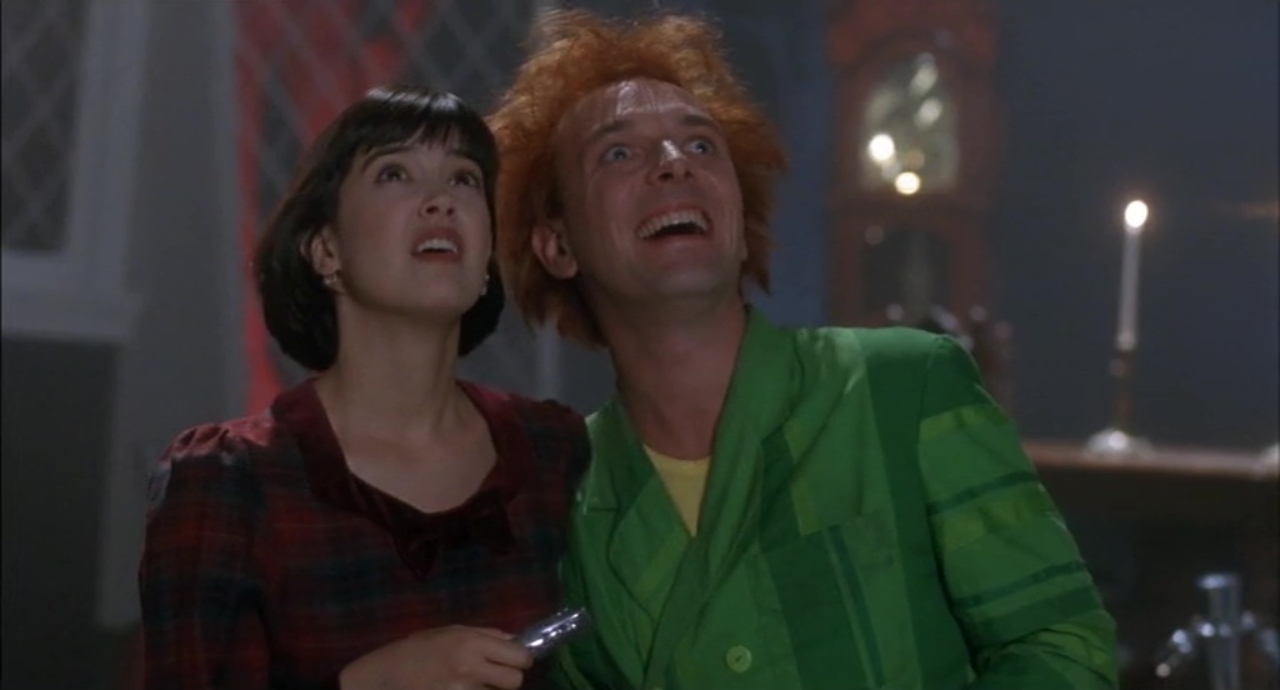
Late British comedian Rik Mayall plays the titular Fred and he infuses the character with his signature slapstick comedy. Some of the humor was a little too silly for audiences to handle and the film was a commercial flop. Drop Dead Fred truly deserves better, but at least it has a faithful albeit small following.
The Room (2003)
The Room has earned its place in history as being the ultimate ‘so bad it’s actually amazing’ movie. The brainchild of the eccentric Tommy Wiseau, The Room is a car crash projected onto screen; no matter how bad you want to look away, you can’t.
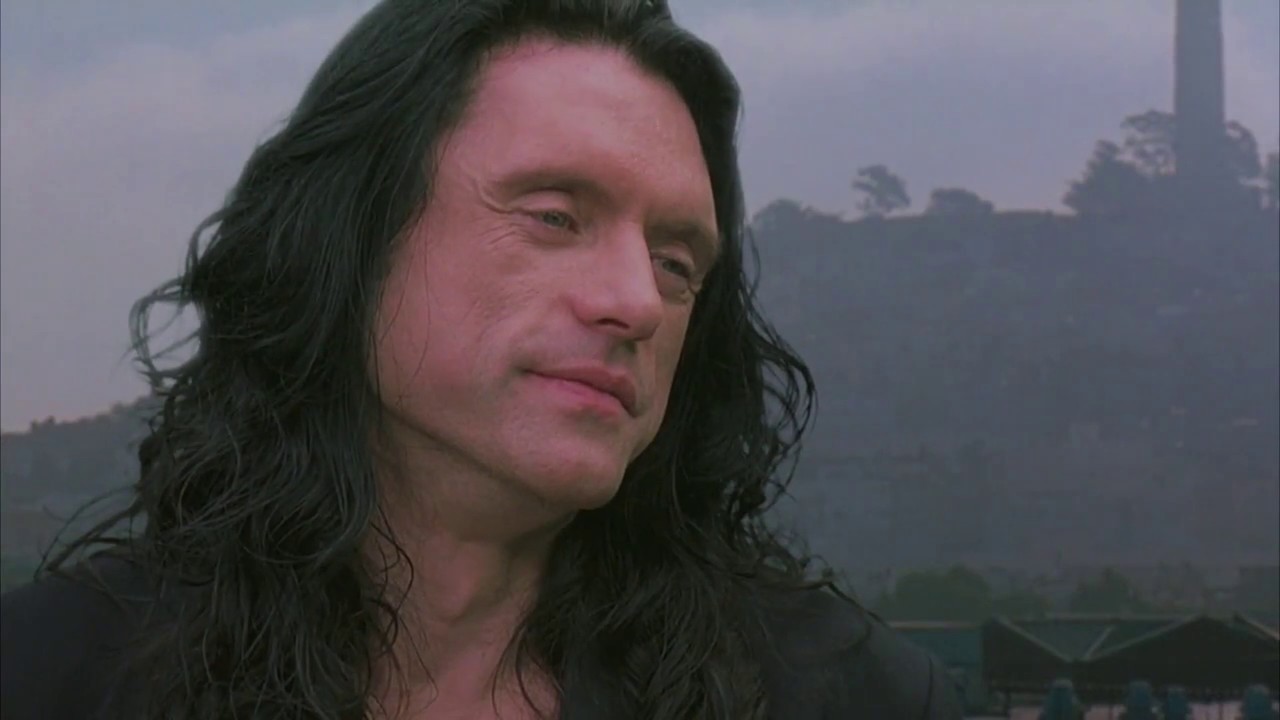
Lisa may have been tearing Johnny apart, but The Room has been uniting audiences for years. Every year, London’s The Prince Charles Cinema hosts special screenings of the film, with Wiseau in attendance. These screenings are a beautiful viewing experience; the love for this indescribably odd movie is infectious.
Planet Terror (2007)
Robert Rodriguez’s Planet Terror was always meant to be one half of a fabricated double feature, Grindhouse, with Quentin Taratino’s Death Proof. Prior to release, the studio grew nervous, separated the films, and released them individually. It’s a shame, as the two together complement each other perfectly.
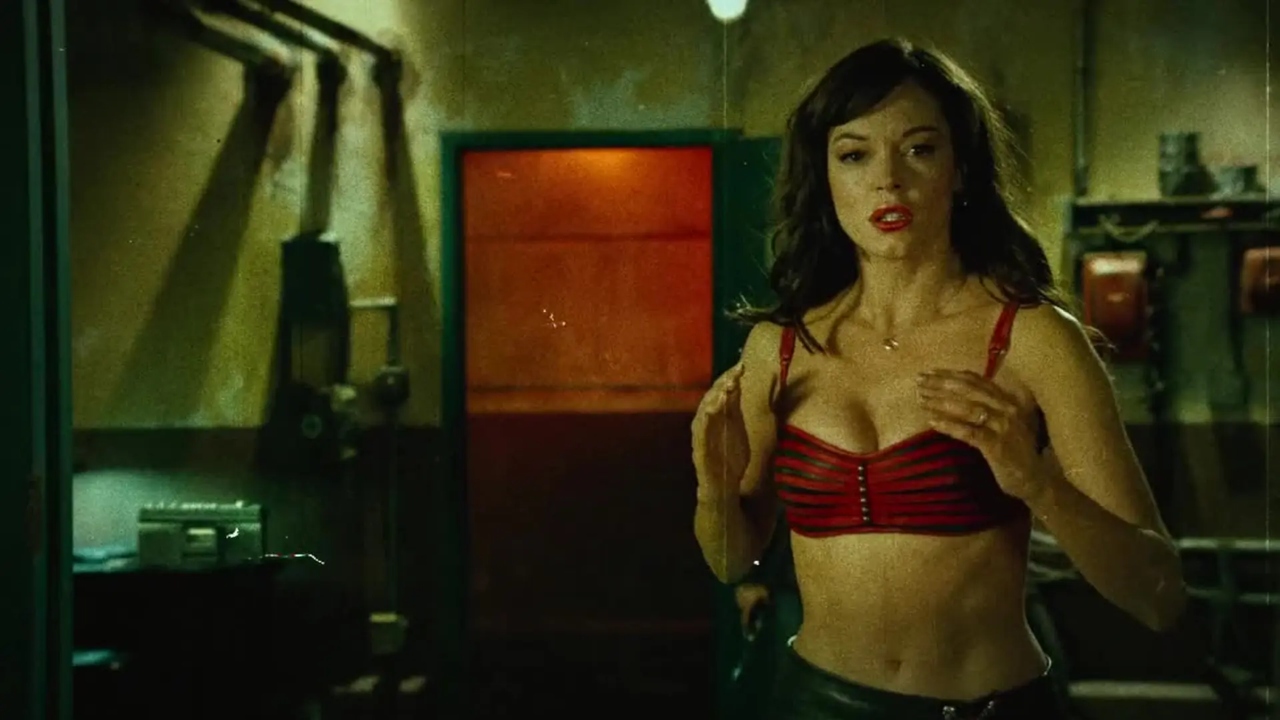
As a solo film, Planet Terror is still a lot of fun. The story sees zombie-like creatures begin to attack, and only a rag-tag group of survivors stand between mankind’s complete destruction. What should be a typical B-movie horror, gets weird when an entire reel is ‘omitted’ from the story.
Fight Club (1999)
David Fincher’s 1999 adaptation of Chuck Palahniuk’s novel, Fight Club, is viewed as a modern classic. It tells a thrilling tale told from the perspective of a nameless narrator as he chronicles his interactions with the enigmatic Tyler Durden, who isn’t who he seems.
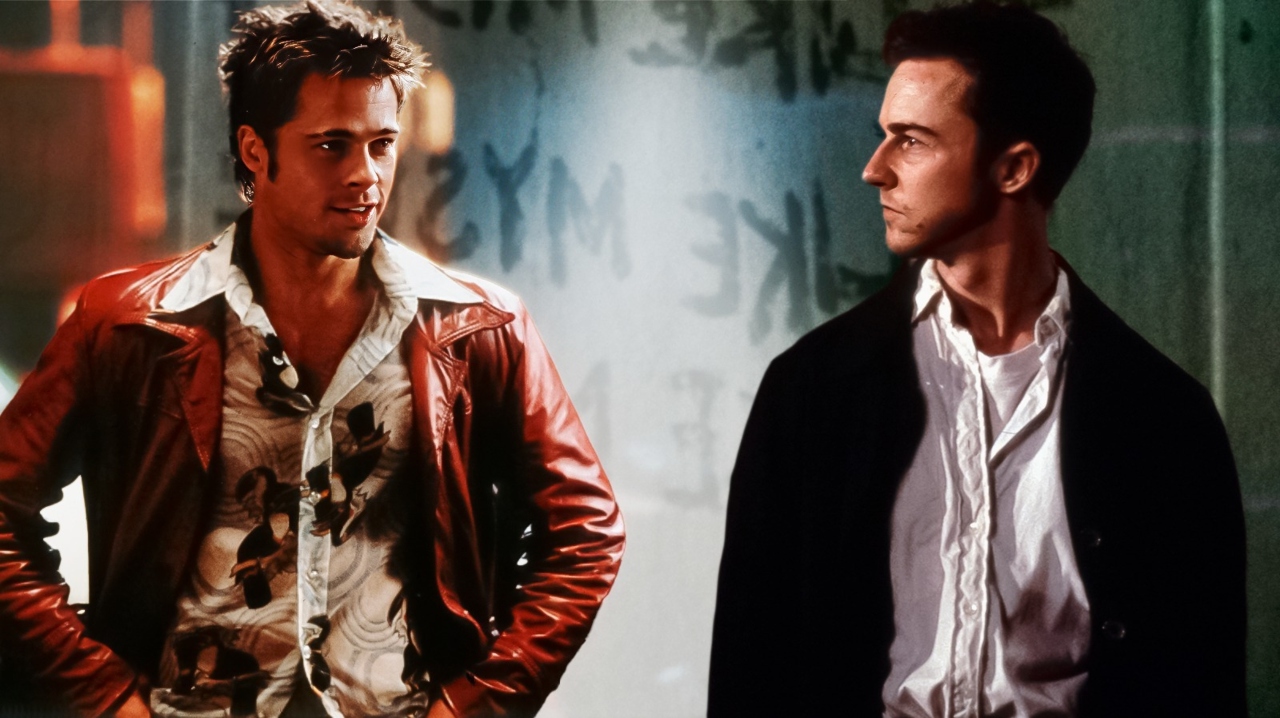
The final act reveal of the real identity of Tyler Durden shocked audiences, well those not familiar is Palahnuik’s source material, and spun everything seen previously on its head. It was a bold move and one that more mainstream audiences found peculiar. Its twist, coupled with its aggressive violence, left some viewers cold, but others elated.
Donnie Darko (2001)
Richard Kelly’s Donnie Darko is one of the strongest feature debuts in movie history. In fact, Kelly opened with such a striking masterpiece that the director has been unable to top it since. Worse still, with Kelly himself now an obscure filmmaker, Donnie Darko has started to fade into the background.
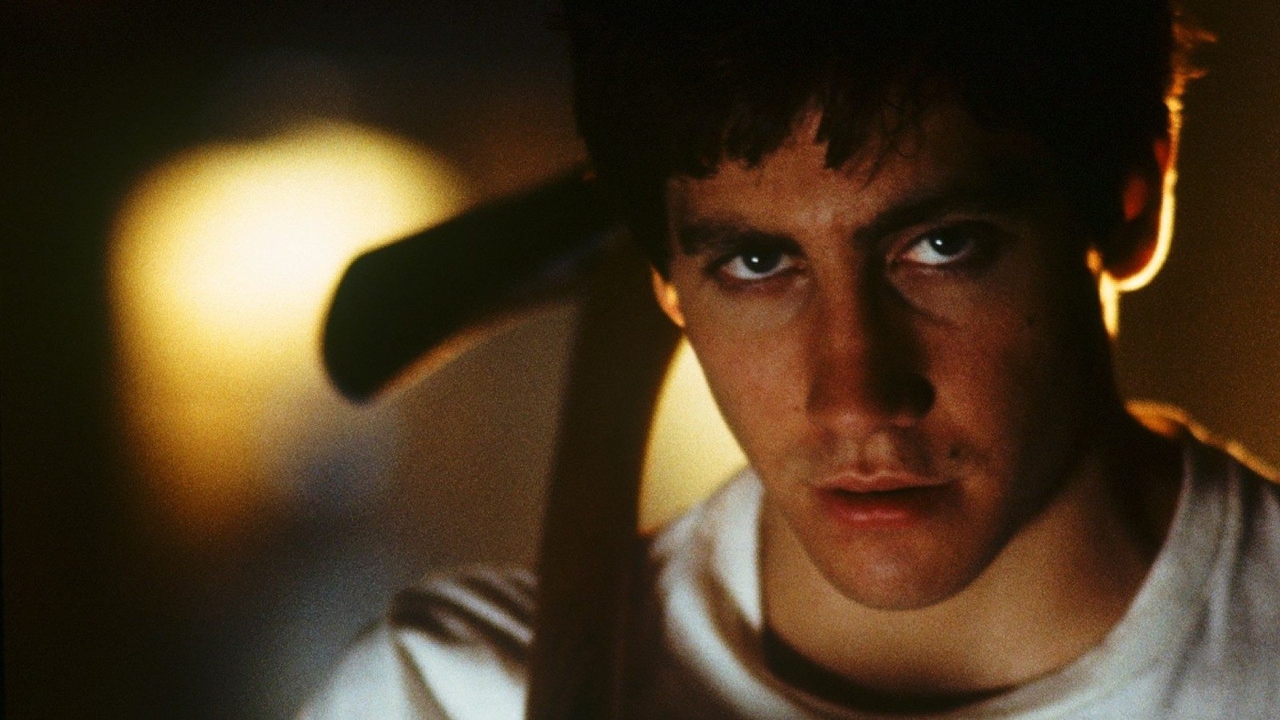
Donnie Darko launched the career of Jake Gyllenhaal as he starred as the troubled teen of the title. Set in 1988, high-schooler Donnie receives word that the world is going to end in twenty-eight days. Stranger still, the messenger is a nightmarish six-foot bunny rabbit called Frank.
Gremlins 2: The New Batch (1990)
Joe Dante’s 1984 movie, Gremlins, is a beloved Christmas chiller that saw the small town of Kingston Falls accosted by mischievous gremlins on Christmas Eve. In 1990 came a sequel, which transported the story from a sleepy town to a high-tech building – Clamp Towers – in New York City.
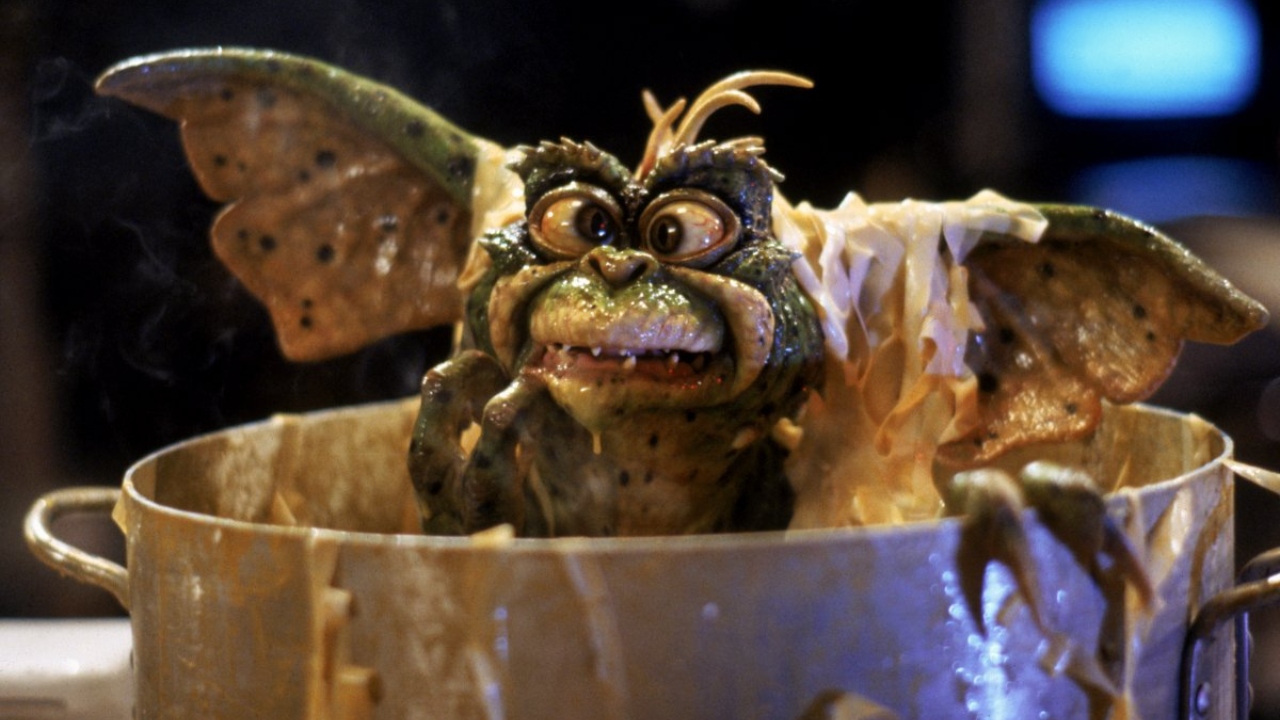
Whilst retaining all the popular elements from the original, such as characters Billy and Cate, and the adorable mogwai Gizmo, Gremlins 2: The New Batch went all-out crazy. Thanks to a genetics laboratory inside Clamp Towers, the gremlins this time come in weird and wonderful varieties including bat, electric, spider, and talking forms.
A Scanner Darkly (2006)
Richard Linklater is a film director that will never be pigeon-holed, at least not in terms of the types of films he creates. Over his career, Linklater has created high-school stoner comedies, lovelorn romantic dramas, and in the case of 2006’s A Scanner Darkly, weird science-fiction fusion of animation and live-action.
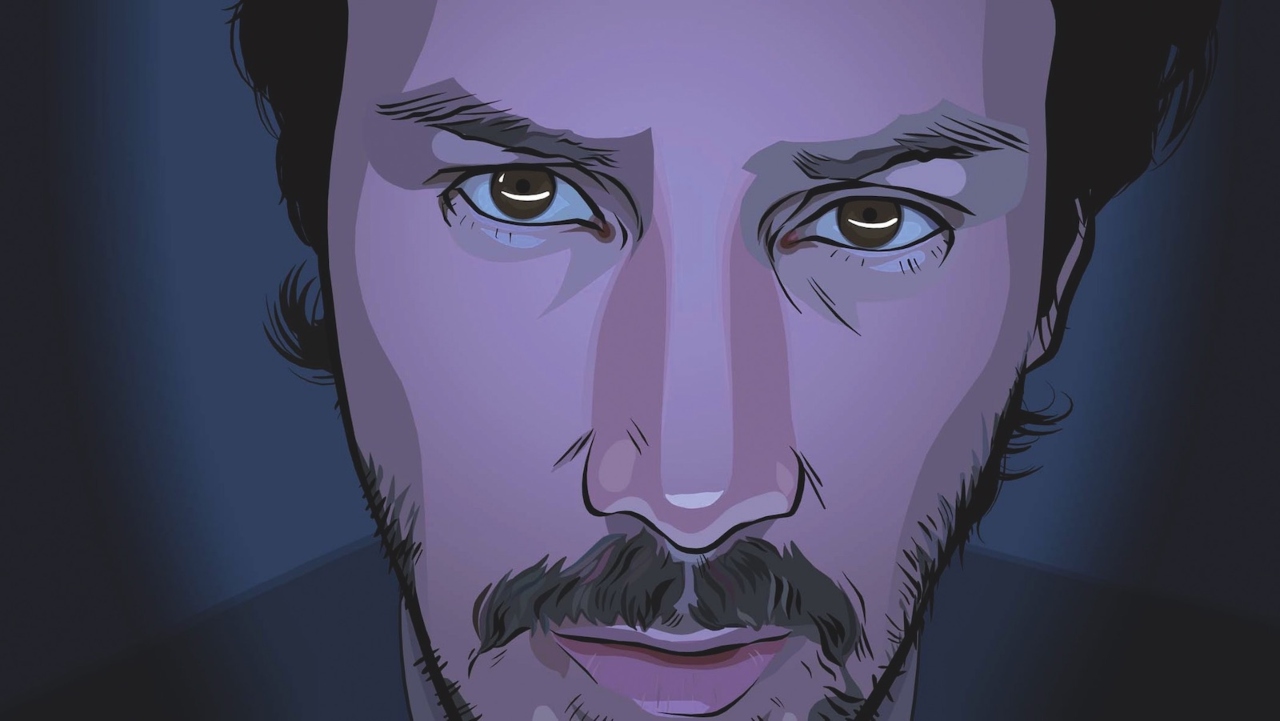
The one consistency across Linklater’s career is that his films never cross into the mainstream, remaining solely at the disposal of the cults that they generate. A Scanner Darkly is his most cultish thanks to the film’s hard to access plot, which tells the interconnected stories of several drug addicts and an undercover cop.
The Wizard of Oz (1939)
Everyone knows the story of The Wizard of Oz, it being a staple of many people’s childhood. The familiarity though does not diminish its weird nature. If you sit down to analyse the adaptation of L. Frank Burns’ novel, you might just begin to unravel.

It tells of a girl who is transported to another realm after a tornado hit her farmhouse. Upon landing, she immediately kills a wicked witch, incurring the wrath of her sister. All this happens before even meeting the Tin Man, Cowardly Lion, Scarecrow, and army of flying monkeys.